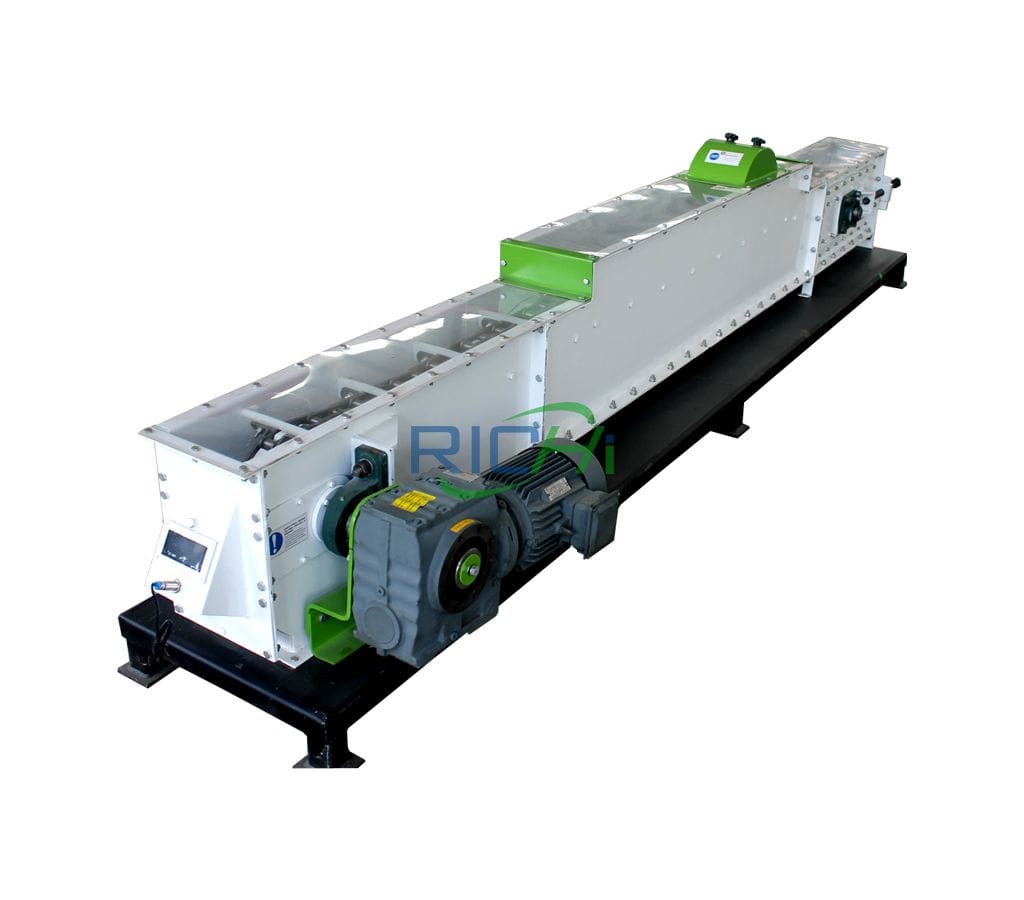
Scraper Conveyor
The scraper conveyor is a transportation machine that widely used for the horizontal or inclined conveying of materials in industries like port, wharf, feed, silo and so on, suitable for multi-point feeding and discharging.
Due to its large carrying capacity, good sealing, smooth operation, solidity, and the ability to feed and unload at multiple points, it has been widely used in feed mill plants.
RICHI scraper conveyor is a conveying machinery designed and produced by absorbing advanced domestic and foreign technologies.
The equipment uses high-strength scraper conveyor chains, wear-resistant guide rails, and is equipped with anti-blocking and chain-break alarm devices.
It has long service life and long operation life. Smooth, low noise, good sealing, compact structure, low energy consumption and other advantages.
- Conveying distance: 3-71 m
- power: 2.2-15 KW
RICHI Machinery boasts vast experience in providing belt scraper systems in various configurations tailored for specific applications in a number of industries with bulk grain material transportation.
Characteristics of scraper conveyor
The conveyor belt scraper is a flexible traction continuous transport machinery. Its transport capacity is not affected by the lumpiness and humidity of the goods.
It has the characteristics of small body height, easy loading, convenient length adjustment, easy displacement, and sturdy body.
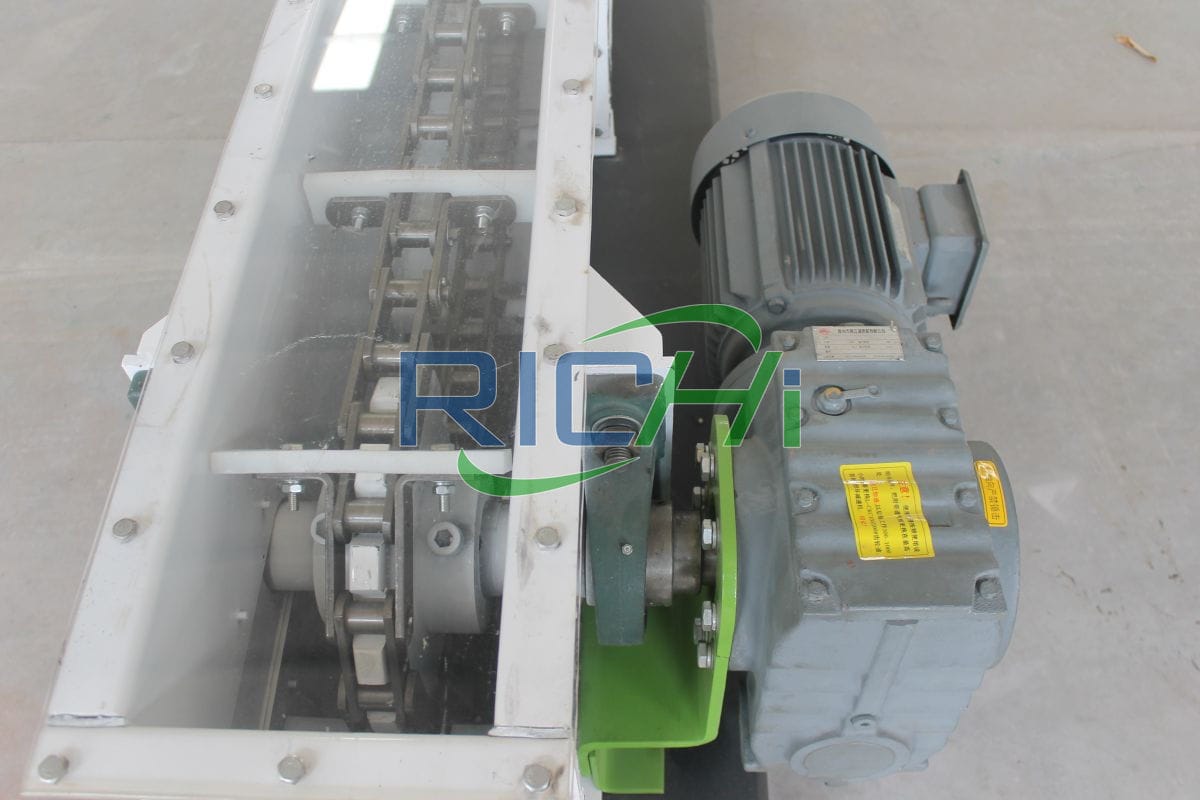
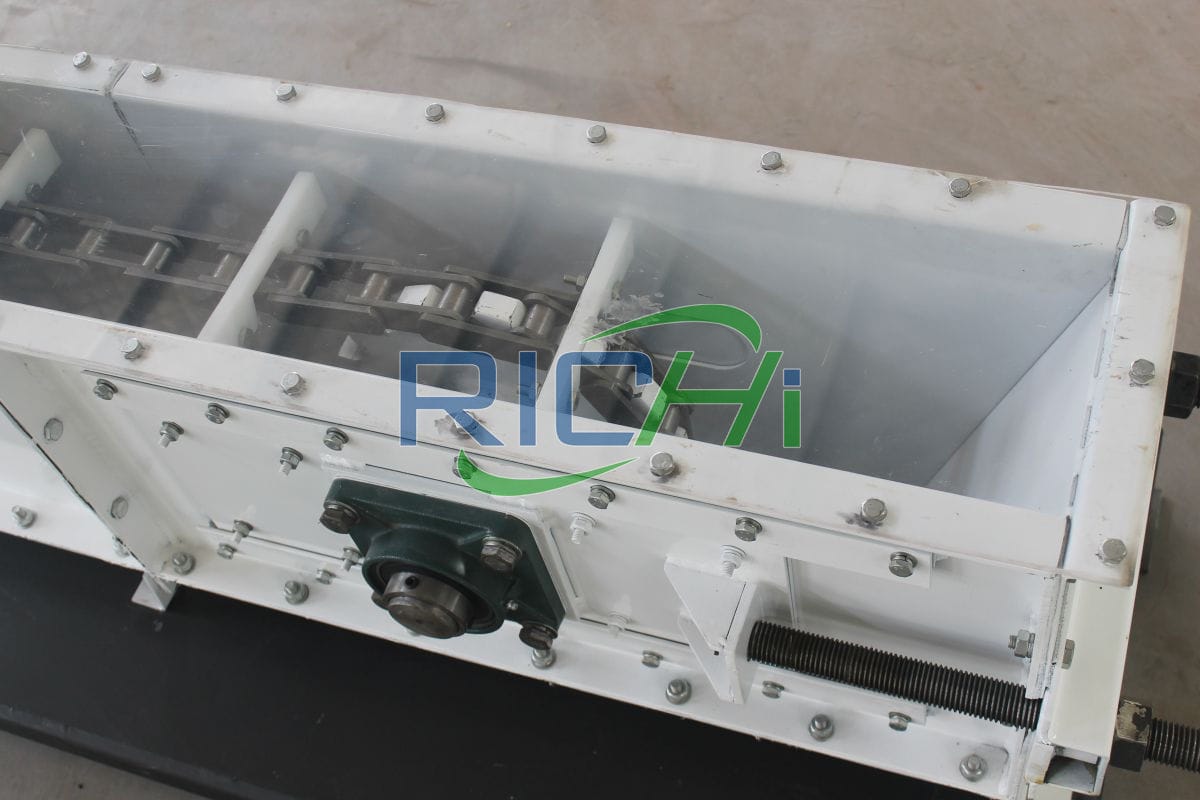
- This series of scrapers can be transported horizontally or tilted within a range of 18°, and can feed materials at multiple points and discharge materials at multiple points.
- Feed inlet and outlet can adopt direct feeding and lateral feeding according to need.
- The U-shaped slot makes the equipment more adaptable and self-cleaning.
- Semi-circular arc scraper is made of polyethylene or nylon material with wear resistance and low noise.
- Chains are our patented products with low wear, long life and low noise.
- The adjusting device is installed on the machine head to make the scraper machine work in the best condition.
- The bracket wheel can effectively reduce the resistance of scraper chain, reduce noise, power consumption and shock absorption.
Scrap belt conveyors have a wide range of uses and play a very important role in feed mills, especially indispensable equipment for large feed mills.
Its types include: horizontal scraper conveyors, inclined scraper conveyors and self-cleaning scraper conveyors.
Technical parameters of scraper conveyor
| Model | Chain speed(m/s) | Power | Reducer | Conveying distance(m) | Conveying volume(m³/h) |
| TGSS20 | 0.32 | 2.2 | XWD5-35-2.2 | 3-8 | 40 |
| TGSS20 | 0.32 | 3 | XWD5-35-3 | 8-18 | 40 |
| TGSS20 | 0.32 | 4 | XWD5-35-4 | 18-29 | 40 |
| TGSS20 | 0.32 | 5.5 | XWD6-35-5.5 | 29-47 | 40 |
| TGSS20 | 0.32 | 7.5 | XWD7-35-7.5 | 47-71 | 40 |
| TGSS25 | 0.32 | 3 | XWD5-35-3 | 3-11 | 65 |
| TGSS25 | 0.32 | 4 | XWD5-35-4 | 11-18 | 65 |
| TGSS25 | 0.32 | 5.5 | XWD6-35-5.5 | 18-29 | 65 |
| TGSS25 | 0.32 | 7.5 | XWD6-35-7.5 | 29-44 | 65 |
| TGSS25 | 0.32 | 11 | XWD7-35-11 | 44-70 | 65 |
| TGSSK32 | 0.45 | 4 | XWD4-23-4 | 3-12 | 97 |
| TGSSK32 | 0.45 | 5.5 | XWD5-23-5.5 | 12-19 | 97 |
| TGSSK32 | 0.45 | 7.5 | XWD6-23-7.5 | 19-29 | 97 |
| TGSSK32 | 0.45 | 11 | XWD7-23-11 | 29-46 | 97 |
| TGSSK32 | 0.45 | 15 | XWD8-23-15 | 46-66 | 97 |
scraper conveyor projects
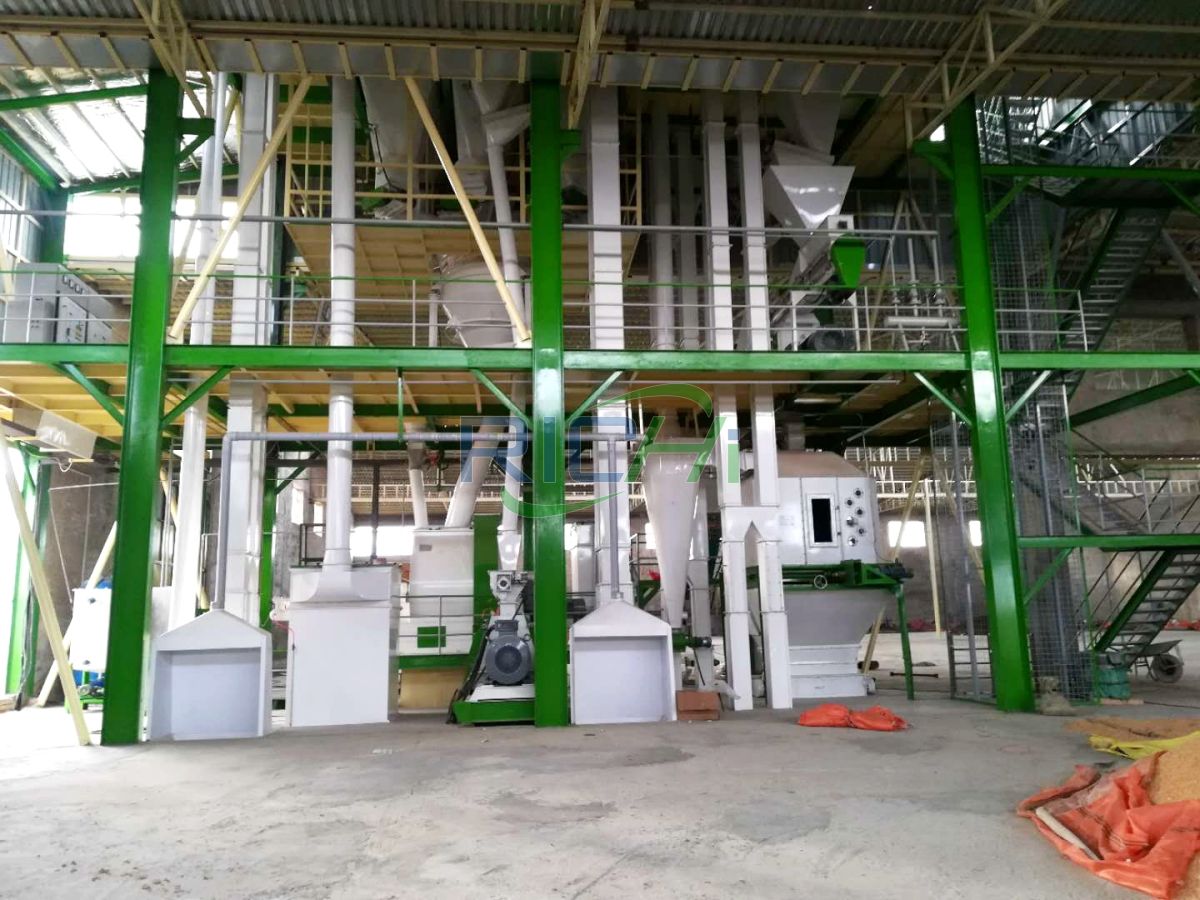
scraper conveyor for 6-10T/H poultry animal feed plant in Algeria
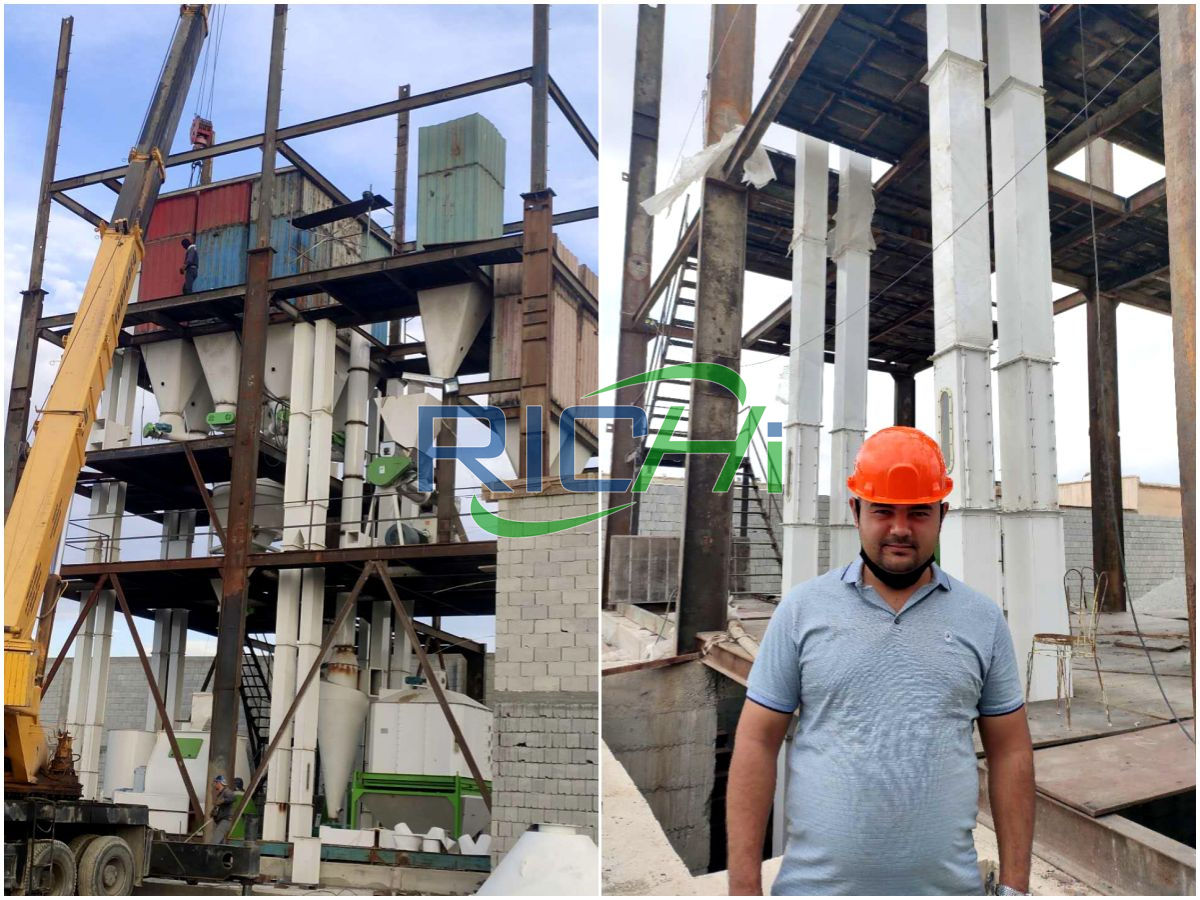
scraper conveyor for 10-15T/H chicken animal feed plant in Uzbekistan
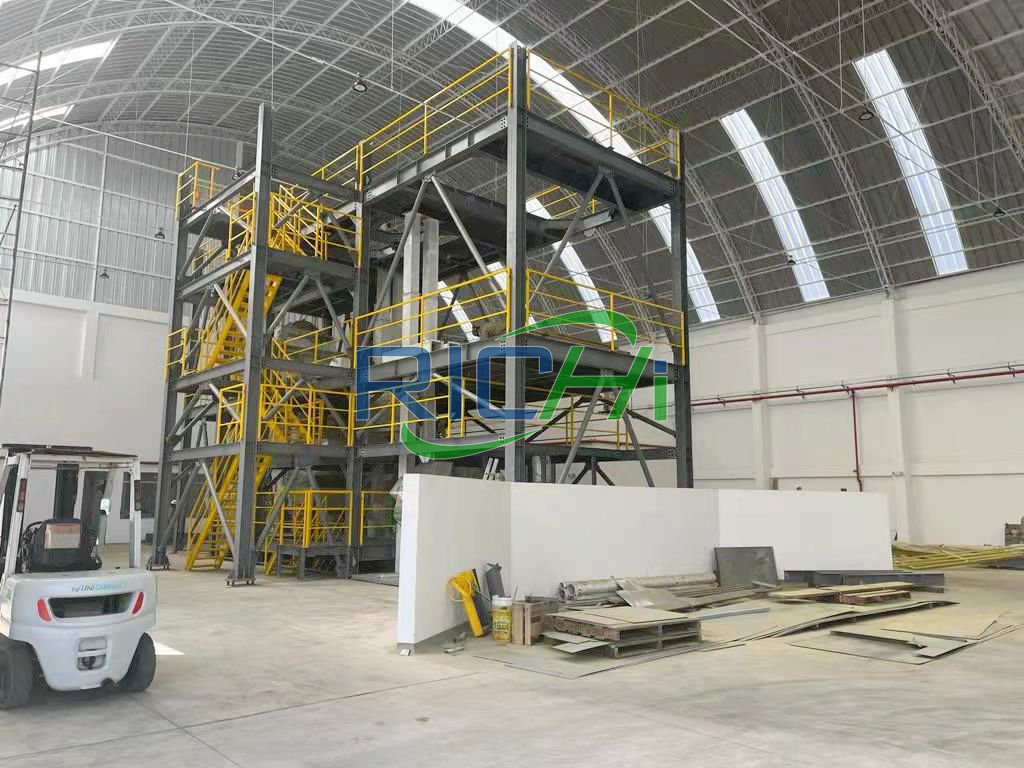
scraper conveyor for 5T/H animal feed plant for poultry chicken In Peru
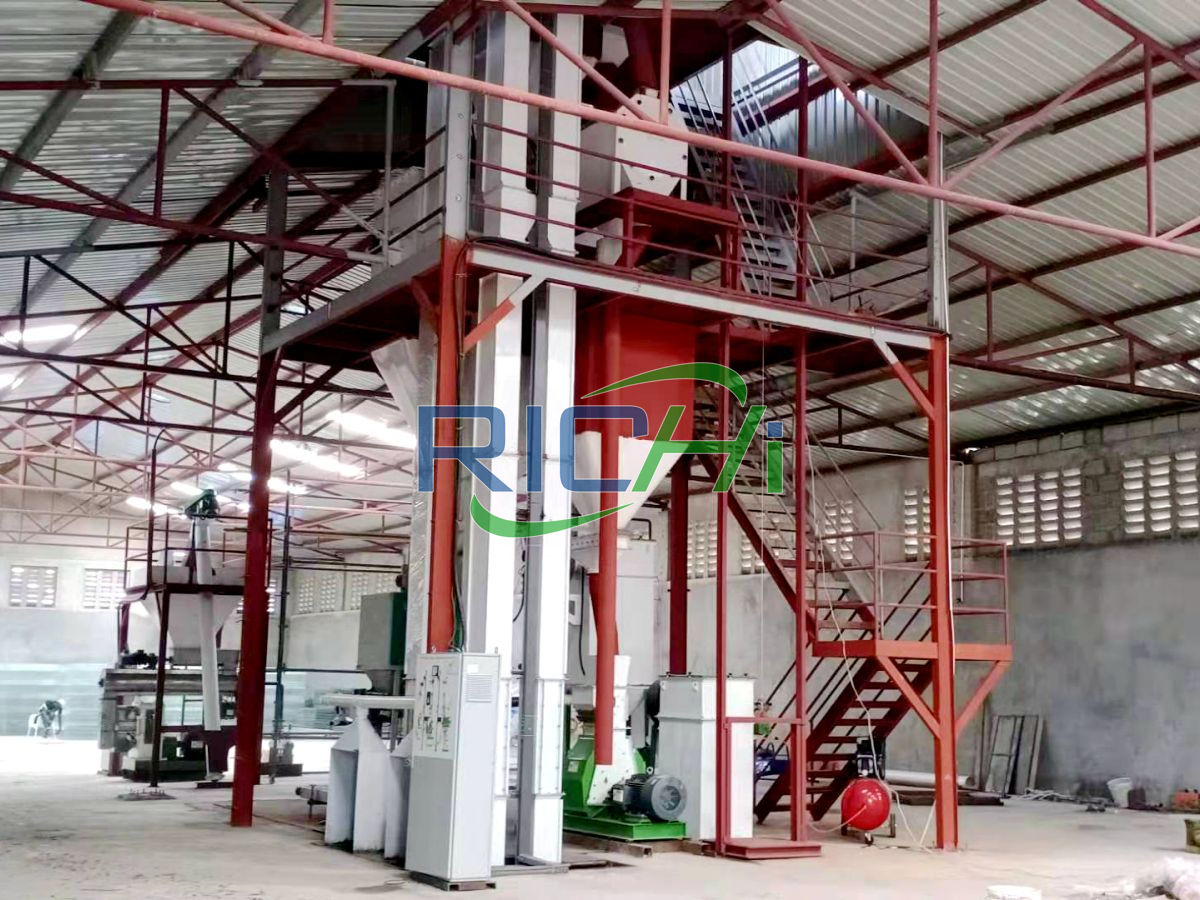
scraper conveyor for 3-5T/H broiler feed plant In Malaysia
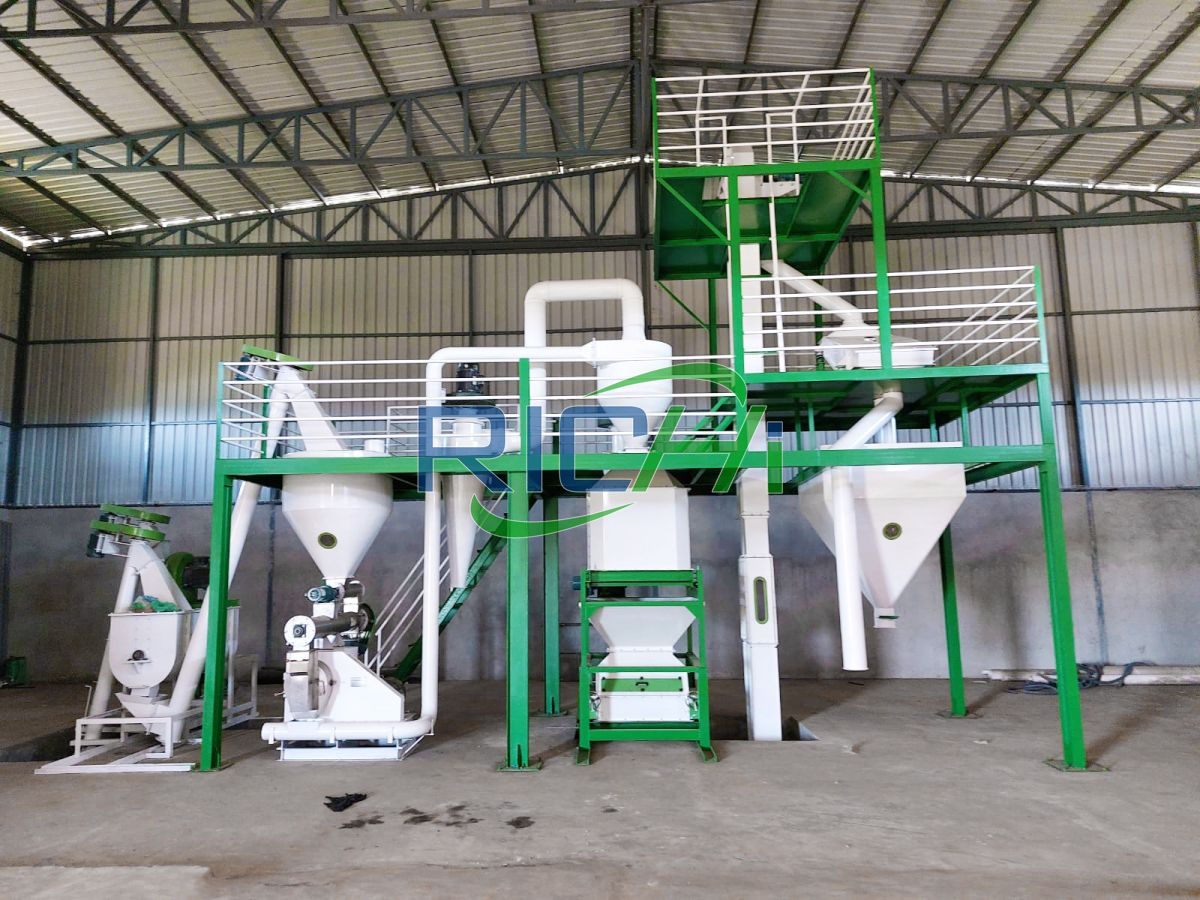
scraper conveyor for 1-2T/H poultry livestock feed plant in Nigeria
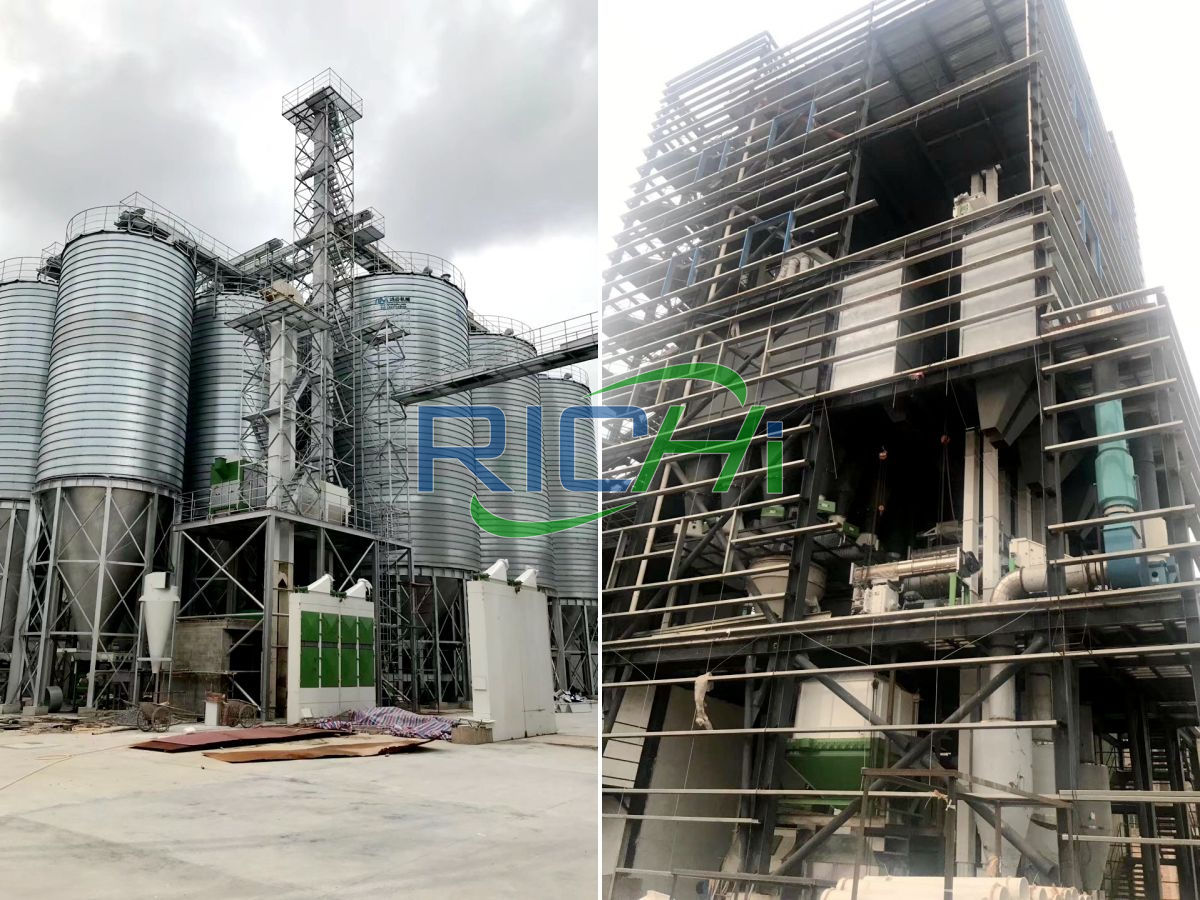
scraper conveyor for 16T/H stock poultry Feed Plant
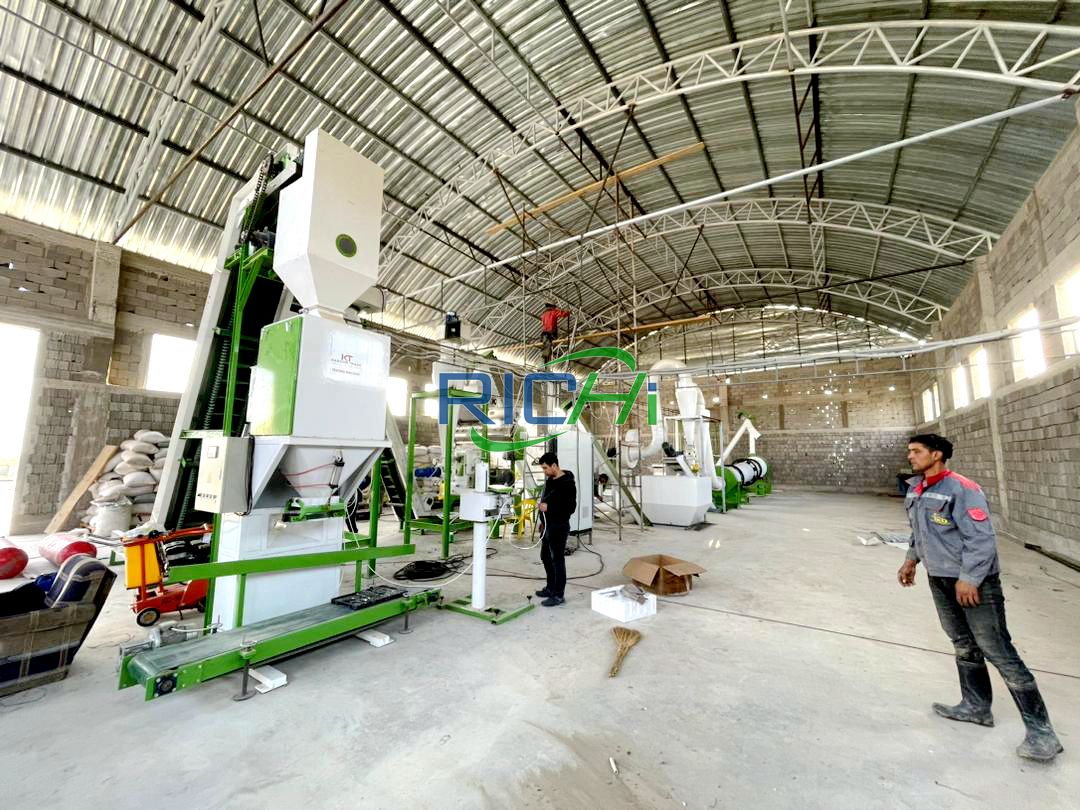
scraper conveyor for 5-7 t/h poultry cattle feed plant in Russia
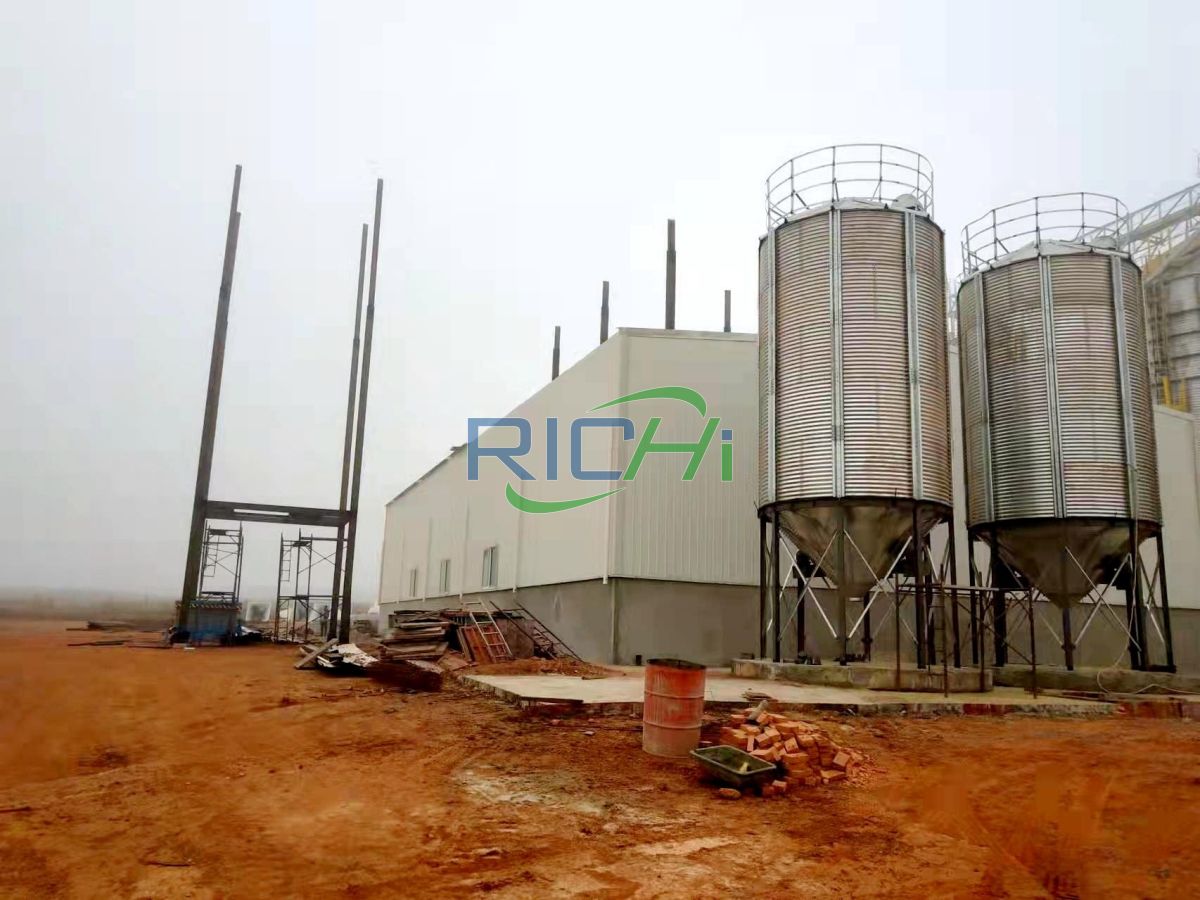
scraper conveyor for 10T/H Livestock cattle Pellet Plant in Uzbekistan
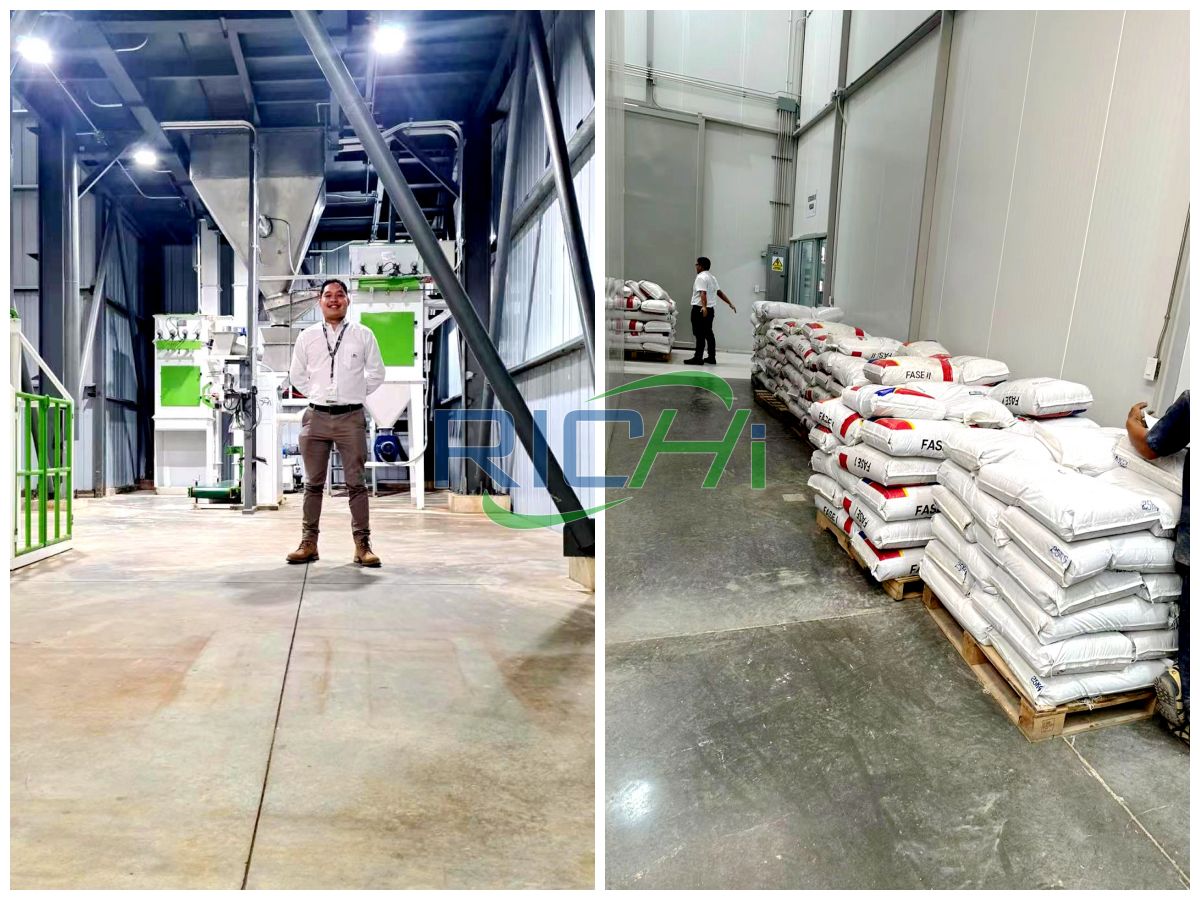
scraper conveyor for 5 T/H animal feed plant for premix In El Salvador
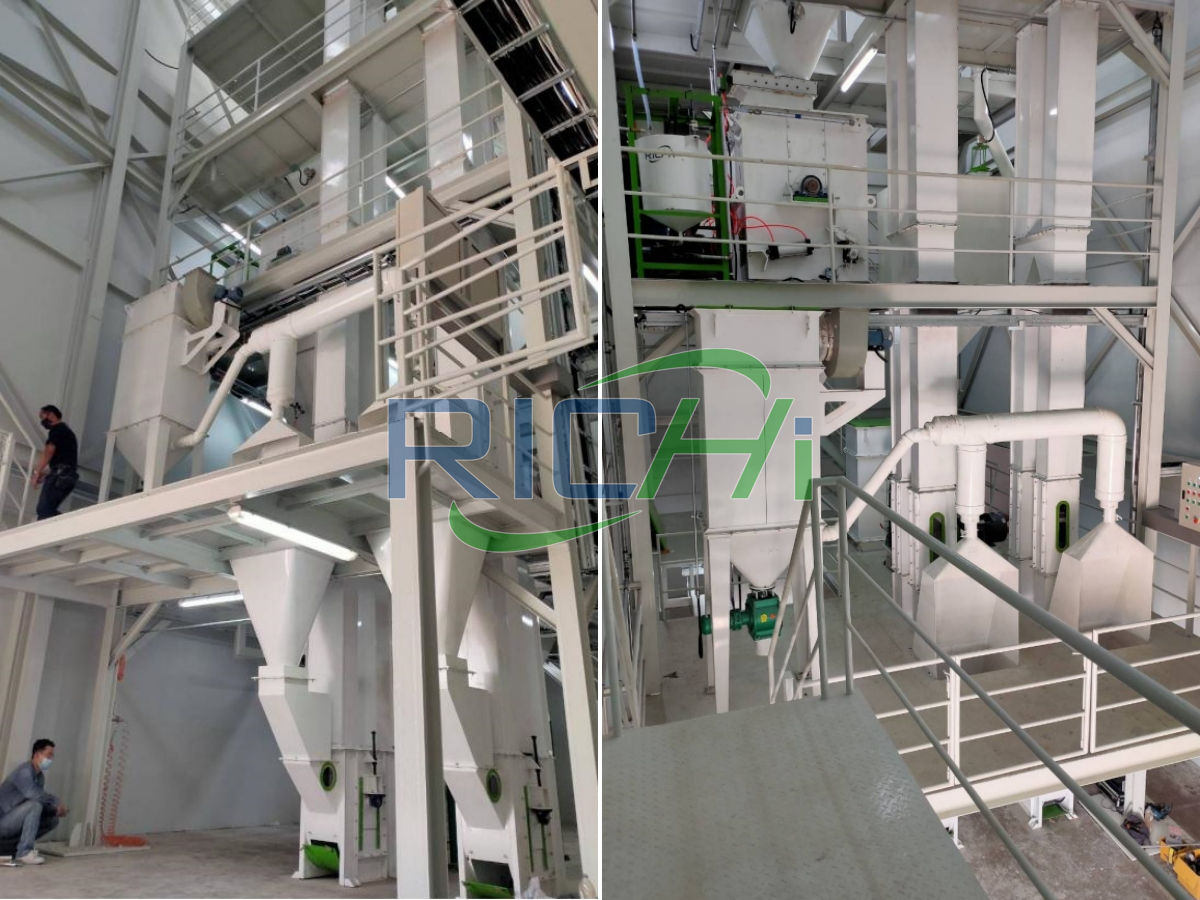
scraper conveyor for 10 t/h poultry animal feed plant for premix in Thailand
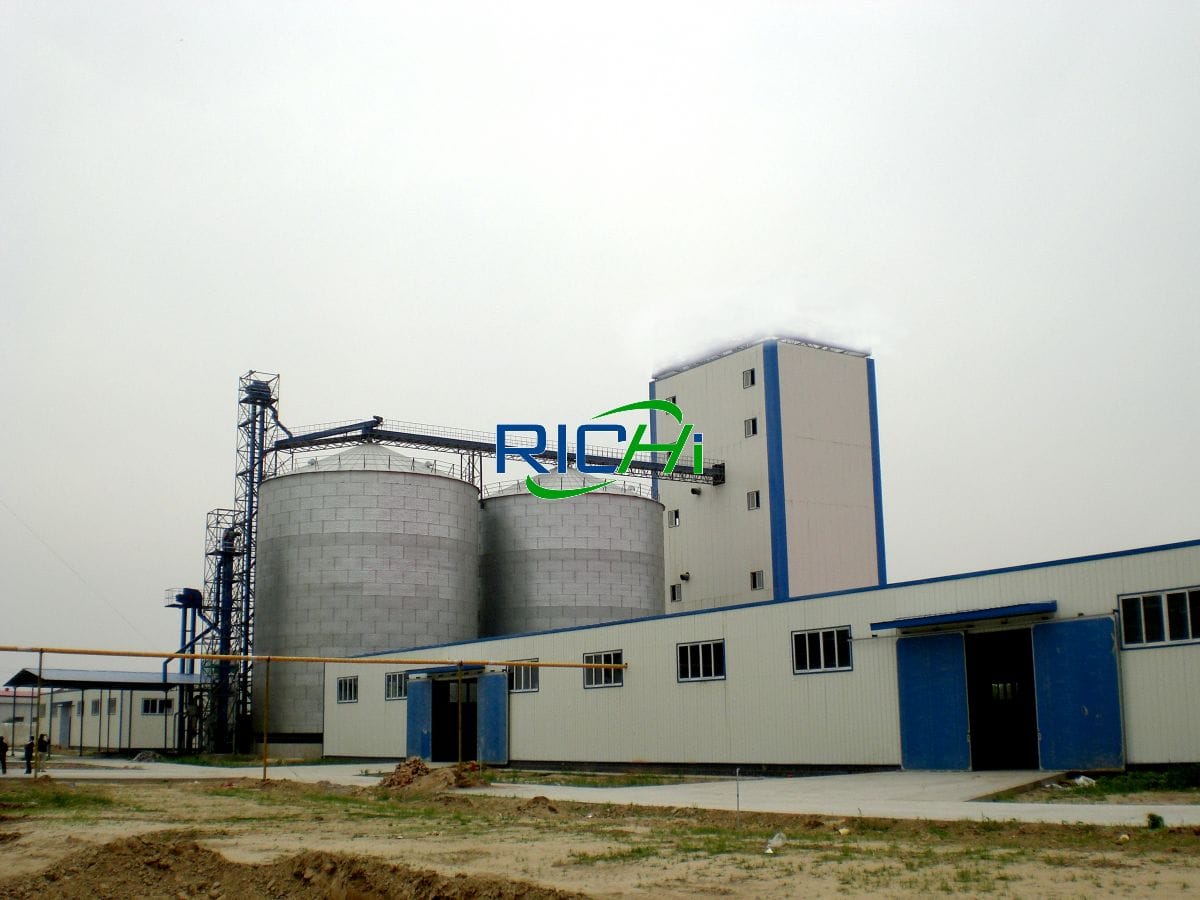
scraper conveyor for 30-40T/H animal Feed Plant for poultry in China
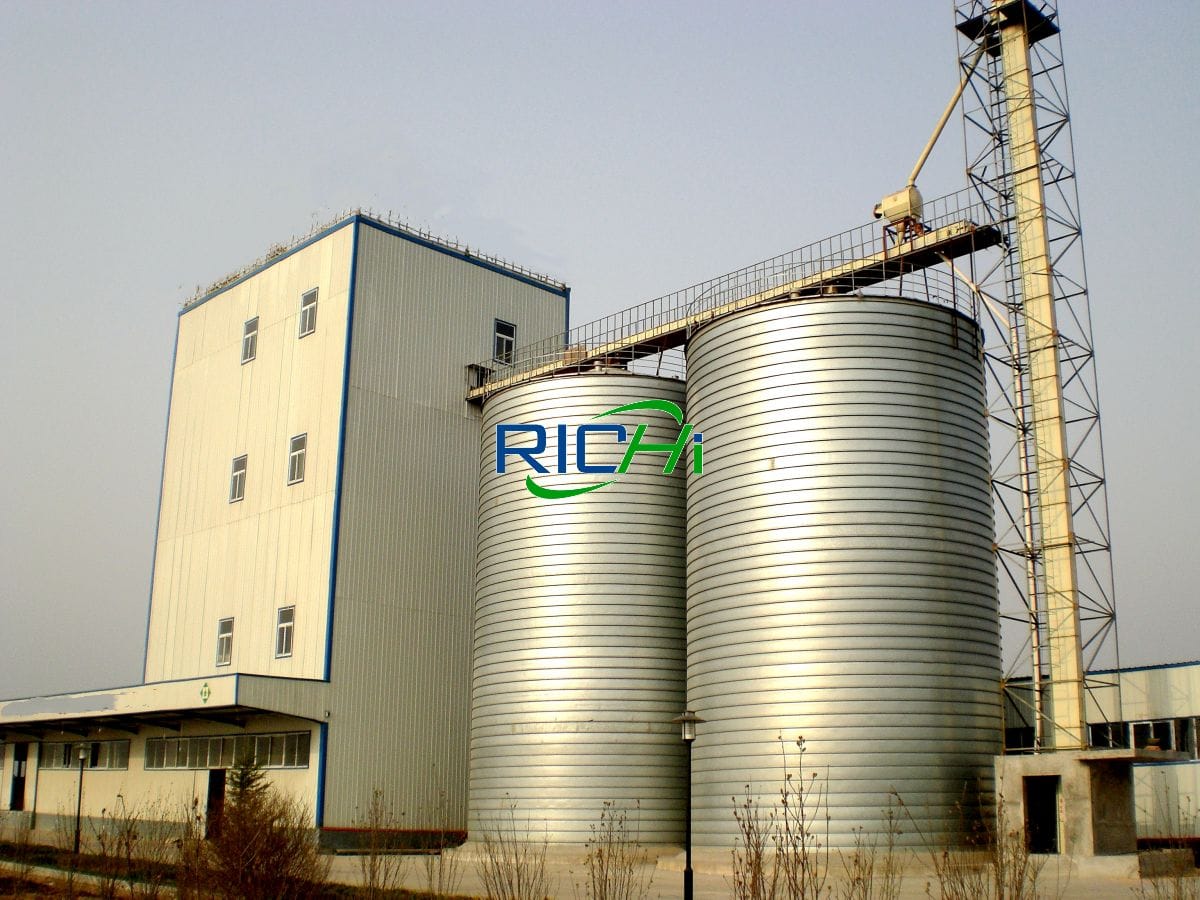
scraper conveyor for 35-40T/H animal Feed Plant in China
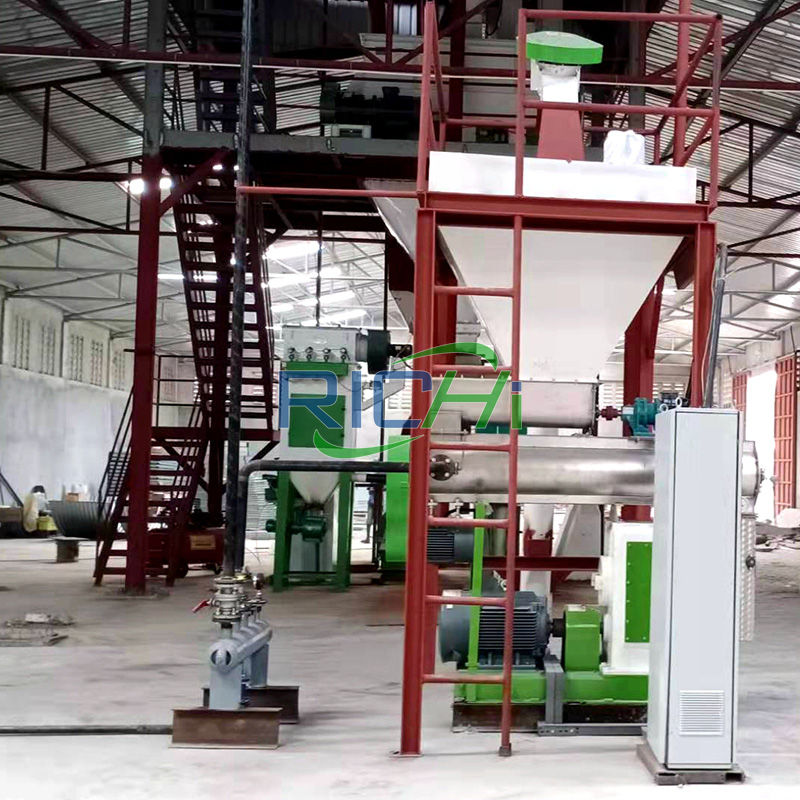
scraper conveyor for 5 t/h cow goat feed plant in Argentina
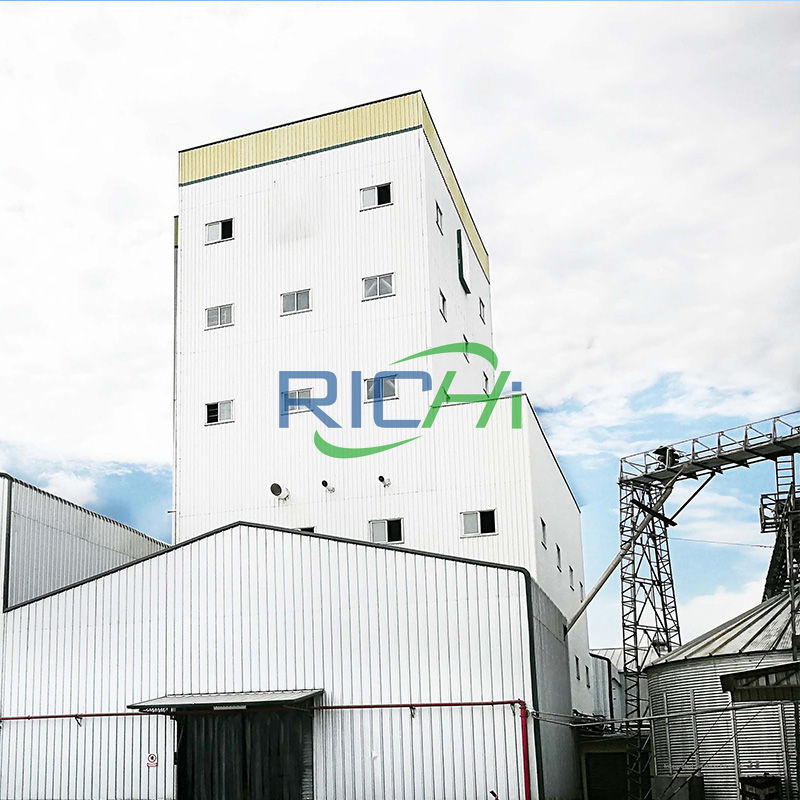
scraper conveyor for 5-10 t/h fish poultry animal feed plant in New Zealand
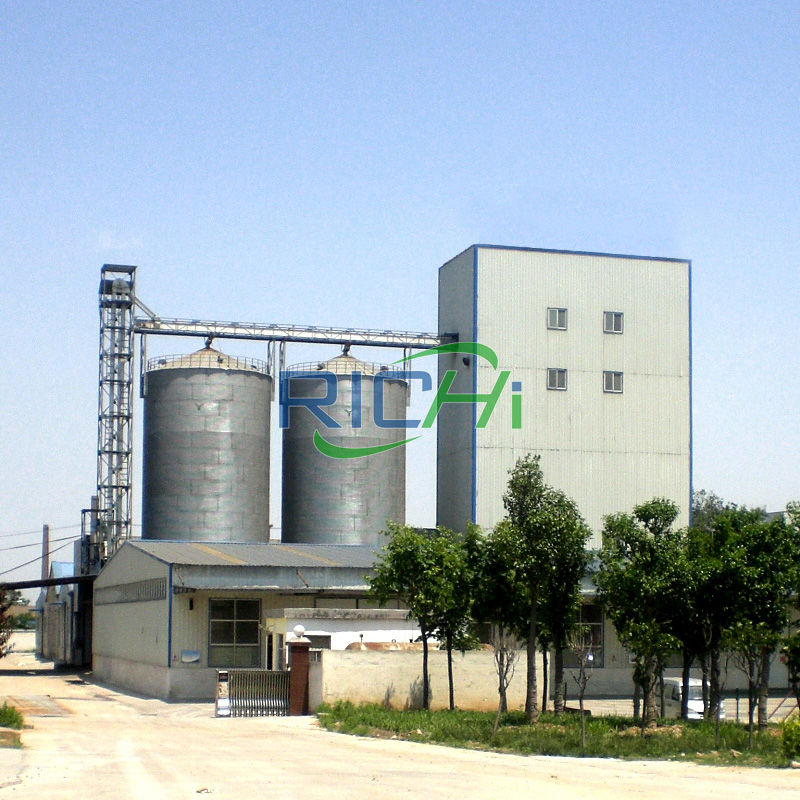
scraper conveyor for 15 t/h animal feed manufacturing plant in Uganda
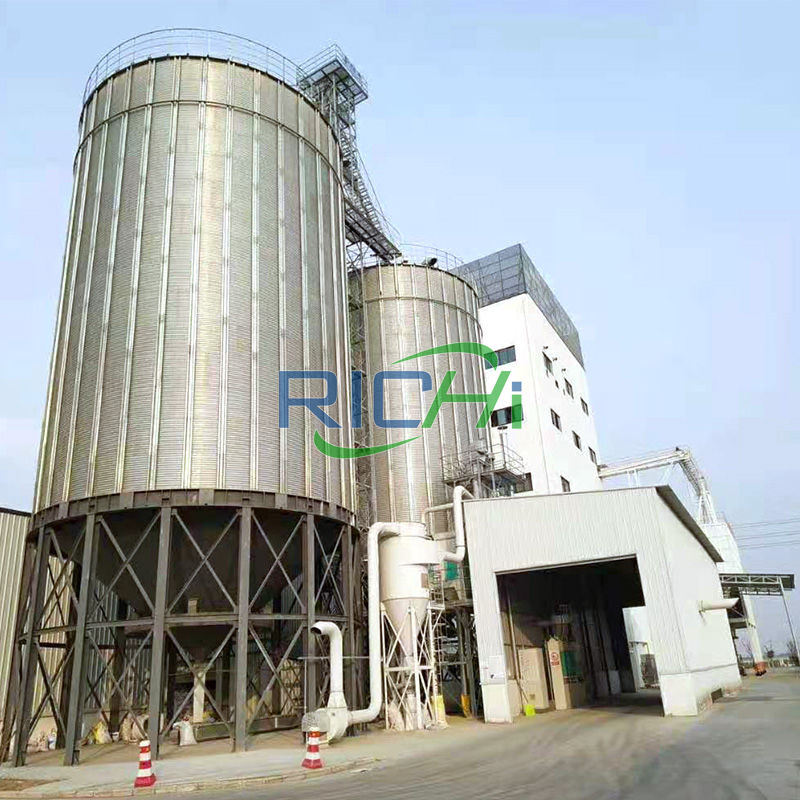
scraper conveyor for 20T/H Ruminant animal feed plant in USA
How to choose a scraper conveyor?
It is very important to correctly select the scraper conveyor to achieve safe, technical, economic and optimal operating conditions.
If the parameters of the scraper conveyor are improperly determined or the equipment selection and matching are unreasonable, it will affect its working performance and may even cause damage to the motor. Failures such as damage and scraper chain failure.
When selecting, you need to consider:
- Material characteristics;
- Conveying volume;
- Conveying distance;
- Equipment structure and materials;
- Equipment control method;
- Equipment transportation method;
- Selection of scraper chain;
- Driving power and speed;
- Applicable environment and temperature of the equipment;
- Equipment safety;
- After-sales service of equipment;
- Equipment costs;
- . . .
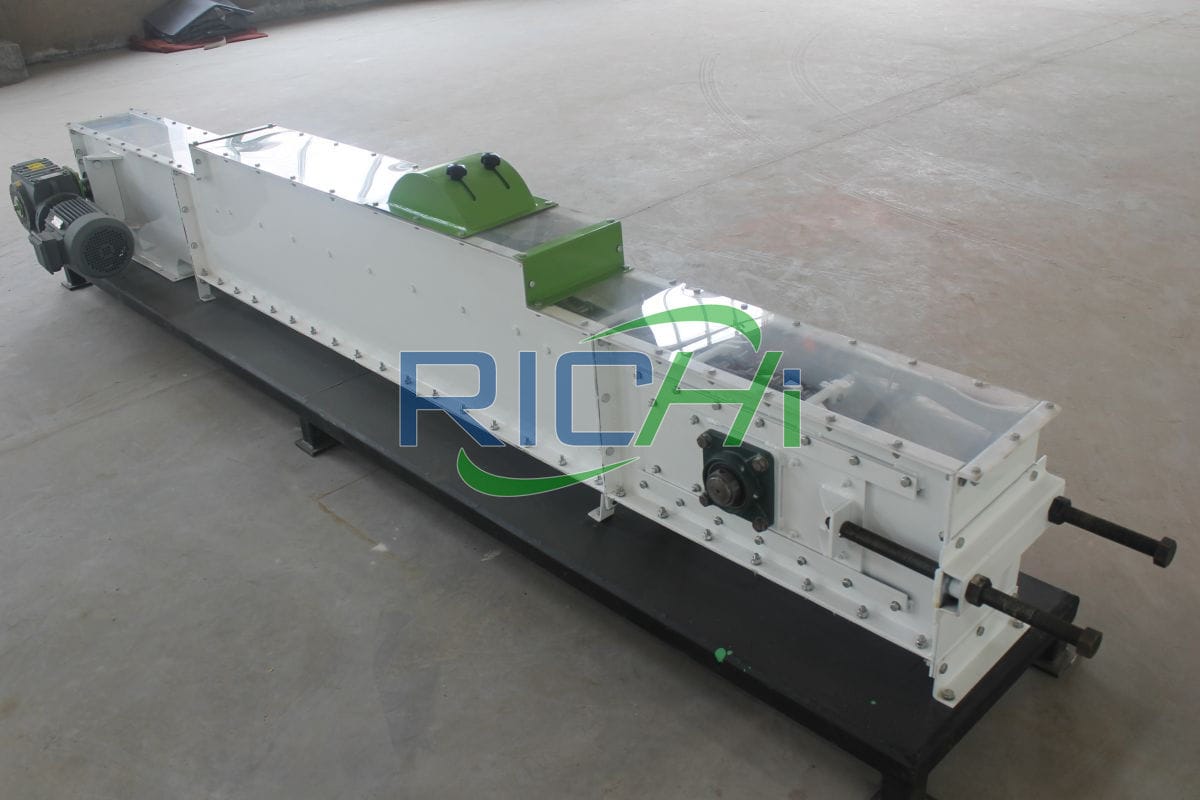
1. Material characteristics
First, you need to understand the characteristics of the material to be transported, including particle size, density, humidity and fluidity. These factors will directly affect the selection and use of scraper conveyors.
2. Conveying volume
Select the appropriate belt scraper according to the actual conveying volume requirements. Generally speaking, the greater the conveying volume, the larger the equipment required and the higher the power.
3. Conveying distance
The conveying distance has a great influence on the selection and design of scraper conveyor. It is necessary to determine the conveying distance according to actual needs and select equipment that can meet the requirements.
4. Equipment structure and materials
The structure and material of the scraper conveyor have a great influence on the life and use effect of the equipment.
It is necessary to choose materials with good corrosion resistance, wear resistance and high temperature resistance, such as stainless steel, cast steel, etc.
At the same time, it is also necessary to consider whether the structural design of the equipment is reasonable to facilitate cleaning and maintenance.
5. Equipment control method
There are usually two control methods for scraper conveyors: manual and automatic. In actual applications, it is necessary to choose the appropriate control method according to the environment and application requirements.
6. Equipment transportation method
The conveying modes of conveyor belt scrapers include one-way, two-way, multi-point feeding and other forms. It is necessary to select the appropriate conveying method according to actual needs, and make corresponding design and operation adjustments to ensure the normal operation and conveying effect of the equipment.
7. Selection of scraper chain
The scraper chain is one of the core components of the scraper conveyor. Its structure and material have a great impact on the service life and conveying effect of the equipment.
It is necessary to choose a scraper chain with good wear resistance, corrosion resistance and high strength, and carry out correct installation and maintenance.
8. Driving power and speed
The driving power and speed of the scraper chain conveyor have a great impact on the use effect and safety of the equipment.
It is necessary to select the appropriate driving power and speed according to the material characteristics and conveying volume requirements, and pay attention to controlling the maximum speed of the equipment to ensure the normal operation and safety of the equipment.
9. Applicable environment and temperature of the equipment
Scraper conveyors are usually used in harsh environments, such as high temperature, humidity, dust, etc.
It is necessary to select equipment that is durable and suitable for the environment based on actual needs, such as a design that adopts dustproof, waterproof and other measures, and considers the maximum operating temperature of the equipment.
10. Equipment safety
The safety of the equipment is also an important factor to consider when selecting. It is necessary to select equipment that meets relevant safety standards and comply with corresponding safety regulations during use to ensure the safety of operators and equipment.
11. After-sales service of equipment
After-sales service of equipment is also one of the factors that need to be considered when selecting models. You need to choose equipment produced by powerful manufacturers and understand their after-sales service policies and warranty periods to ensure subsequent maintenance and service of the equipment.
12. Cost of equipment
Finally, it is necessary to select a scraper conveyor that meets the actual situation based on the actual budget and needs, and consider factors such as the operating cost, purchase cost, and maintenance cost of the equipment.
In short, the selection of scraper conveyor needs to comprehensively consider a variety of factors and make a selection based on actual needs to achieve good results. (Find RICHI on YouTube)
Main structure of scraper conveyor
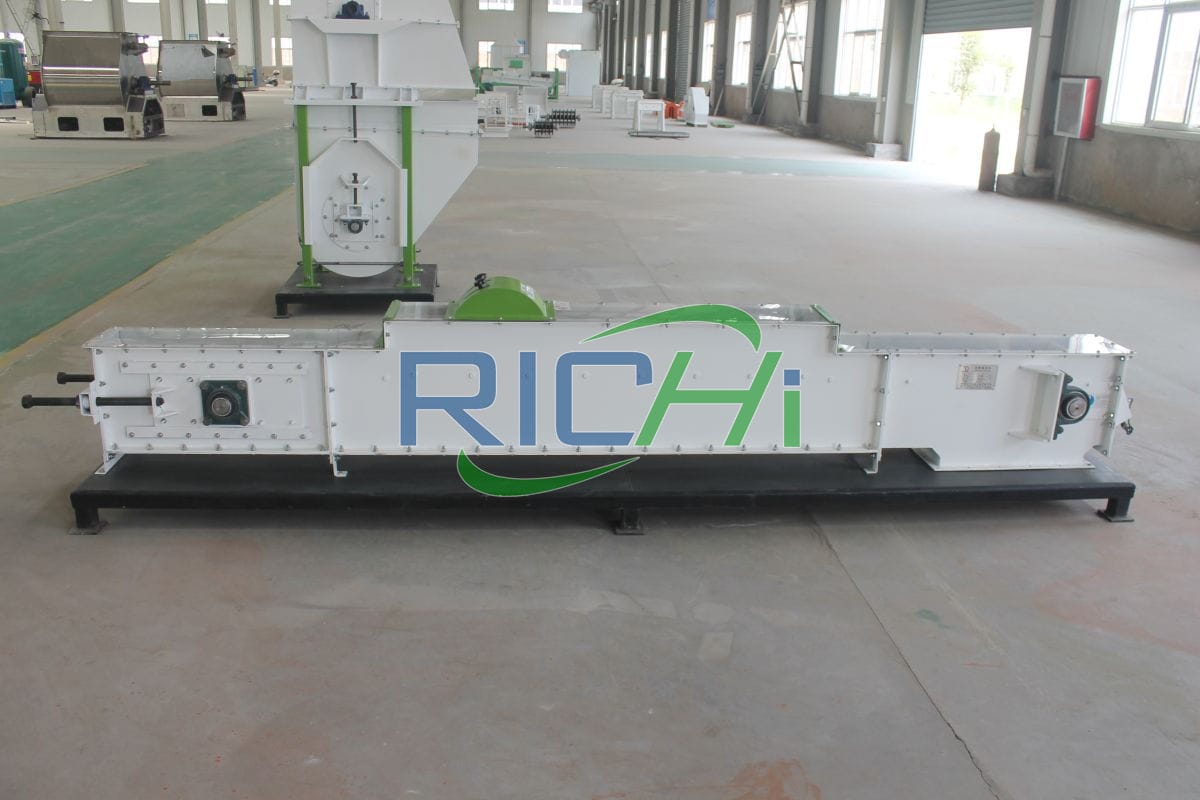
Scraper conveyors can transport raw materials and finished products upward or downward horizontally or at an angle. The basic structure of the conveyor is composed of a chain and an upper scraper.
It can be designed into various structures, such as multiple entrances, intermediate discharge, and different tilt angles.
Design flexibility makes modern scraper conveyors extremely versatile in animal feed mill plants.
The specialized design allows the scraper to operate at very steep slopes and has a good self-cleaning function.
Some conveyors are equipped with chain breakage or blockage protection switches and tail wheel shaft speed monitoring.
There are several types of feed openings for scraper conveyors:
- One is the standard feed port, which is a simple opening on the top of the scraper that directly receives materials. The feed port is required to be able to control the feed amount (such as a gate) to avoid blocking the scraper;
- The second type is the bypass or diversion feed port, that is, the material is transported to the buffer bucket of the scraper, and the feed port controls the flow into the scraper. Since the thickness of the material is controlled by the feed port, the scraper will not be blocked even if the feed port is blocked.
- There are also some other feeding methods.
The scraper conveyor chain has the following three return methods:
- ① Roller or sprocket. The chain is placed directly on the plastic roller or sprocket, which is the most economical method. When the chain is not fully tensioned, there is room for sagging, but it is not suitable for wider scraper conveyors because the scraper may tilt when the chain is not too tight.
- ② Guide rail. A plastic or polyethylene scraper on a chain is placed over the entire rail of the scraper.
- ③Chain support slot. There is a chain support groove between the material conveying layer and the chain return layer, and the polyethylene scraper is installed on this chain support groove. This type is often used on inclined scrapers.
Scraper conveyor is an indispensable transportation tool in the feed industry. Although the production of scraper conveyors has reached standardization, serialization and generalization, there are many types, structures and specifications.
Reasonable selection is still very important, which plays an important role in giving full play to the performance of the equipment and maintaining the normal operation of the machine.
Working principle of scraper conveyor
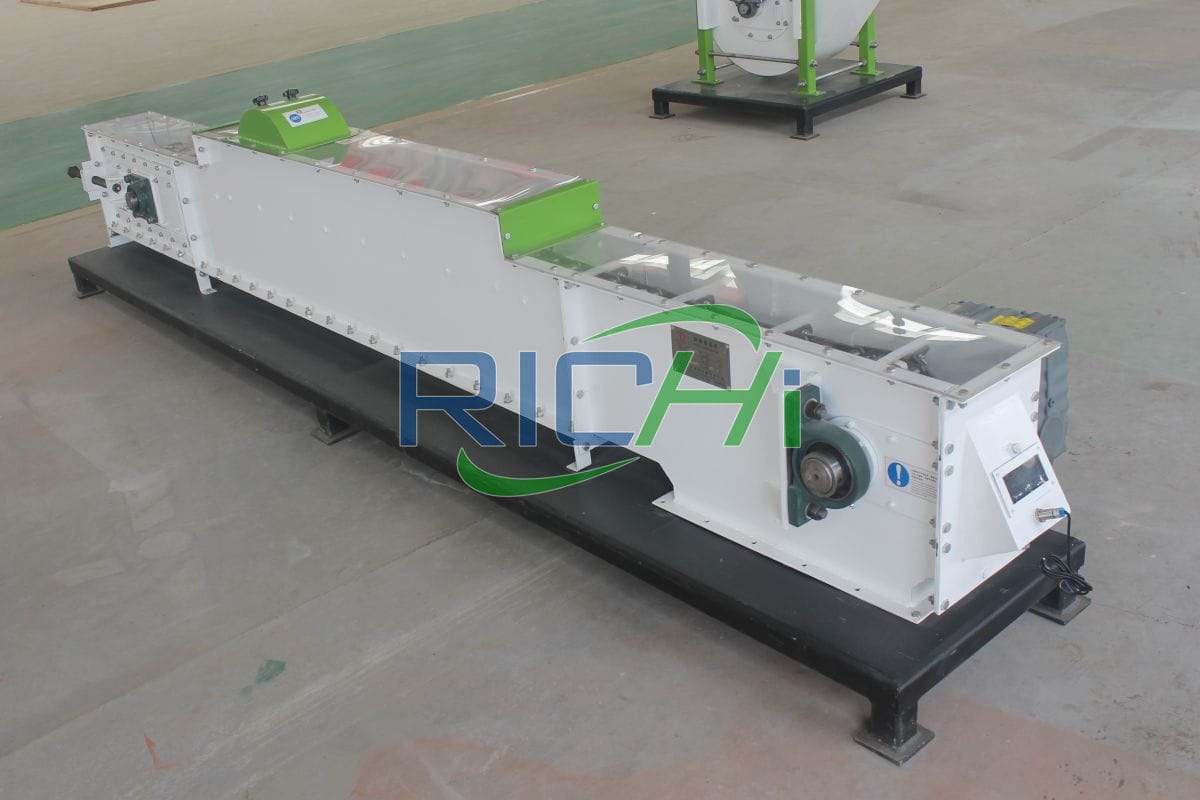
The open chute is used as a bearing member for coal, or materials, etc., and the scraper is fixed on the chain (to form a scraper chain) as a traction component.
When the machine head transmission part is started, it drives the sprocket on the machine head shaft to rotate, causing the scraper chain to circulate and drive the material to move along the chute until it is unloaded at the machine head.
The scraper chain bypasses the sprocket and operates in a stepless closed cycle to complete the transportation of materials.
Design of main parts of scraper conveyor
(1) Determination of scraper chain
Determination of single and double strands
- RICHI conveyor adopts single chain or double chain, which mainly depends on the requirements of the whole machine, as well as the groove width and load conditions. Generally, single chain should be used as much as possible;
- When the conveyor trough is wide and heavy-loaded, and a single chain cannot meet the workload, double chains should be used.
- In addition, if the conveyor has horizontal bends, it is best to use a single chain. The spacing between scrapers in the scraper chain is generally 300~900 mm.
Determination of chain model
The conveyor chains used in scraper conveyors mainly include high-strength circular link chains, fork chains and sleeve roller chains. High-strength round link chain consists of individual links interlocking to form a chain.
- The chain link is formed by bending alloy steel bar stock and then butt welding the straight section. This type of chain allows the links to move in all directions
- Mutual rotation, suitable for transportation with multi-directional bending requirements such as vertical and horizontal.
- Fork chain consists of fork links and pins. A single link can be formed by various processing methods such as die forging, stamping steel plate combination and precision casting.
It has the characteristics of simple structure, reliable use, easy disassembly and assembly, and has a large hinge gap. When the chain passes through the material, the hinge is not easily squeezed, so it has a wide range of use. - Sleeve chain or sleeve roller chain consists of inner and outer chain plates, pins, and sleeves (rollers), which mesh with the sprockets through the sleeves (rollers). The chain plate is a stamped part or can be laser cut from the plate.
It has the advantages of flexible rotation, small wear, low specific pressure and long service life. But when replacing, the inner and outer chain plates must be replaced in pairs (2 pitches). Only suitable for transportation situations that are straight or have vertical bends.
(2) Determination of scraper chain
The determination of chain specifications is mainly to meet its strength requirements. The strength of the chain can be calculated by the safety factor method.
In addition, the following principles should be grasped when choosing a chain:
- The chain has better wear resistance;
- During operation, the sliding friction resistance between the chain and the middle plate should be small;
- The links are easy to install and fix; the chain is impact-resistant, heat-resistant, cold-resistant and corrosion-resistant;
- When the strength of the sprocket teeth allows, it is preferable to use a chain with a smaller pitch and a larger number of sprocket teeth to ensure smooth operation, reduce impact and noise, and reduce the dynamic load of the chain;
- While ensuring the strength of use, select a chain whose allowable load is closest to the working load. This can fully utilize the chain’s carrying capacity and avoid waste of energy and materials.
(3) Design of scraper
The scrapers used in scraper conveyors are mostly square cross-sections, available in solid and hollow forms, and have better conveying effects. The manufacturing process is casting or forging, and quenching and tempering.
The length of the scraper is an important parameter, which directly affects the gap between the scraper chain and the side wall of the conveyor trough.
- Excessive clearance will reduce the average speed of material transportation in the conveyor trough, which is not conducive to increasing the internal friction of the material, nor is it conducive to overcoming the external frictional resistance between the material and the trough wall, thereby reducing the conveying efficiency;
- If the gap is too small, the conveying resistance will increase, and the material block may be embedded between the conveying trough and the scraper chain and block the scraper chain, affecting normal transportation.
In addition, if the gap is too small and the scraper chain is slightly deflected, the scraper chain will scrape with the side wall of the trough, accelerating the wear of the scraper chain and the conveyor trough, and even causing damage to the scraper chain.
Therefore, determining the appropriate scraper length and maintaining the correct gap value are crucial to ensuring the normal operation of the scraper conveyor, reducing energy consumption, and extending the service life of the scraper chain and conveyor trough.
The size of the gap value (δ) is related to the particle size of the material, the width of the feeding trough, etc., but mainly depends on the particle size.
- RICHI conveyor adopts single chain or double chain, which mainly depends on the requirements of the whole machine, as well as the groove width and load conditions. Generally, single chain should be used as much as possible;
- In addition, if the conveyor has horizontal bends, it is best to use a single chain. The spacing between scrapers in the scraper chain is generally 300~900 mm.
(4) Design of driving device
The driving methods commonly used in airborne scraper conveyors include: motor + torque limiter + reducer, hydraulic motor + reducer, low-speed high-torque motor, etc. Which driving method should be selected in the specific design also needs to be based on the entire equipment Depends on the specific structural requirements.
(5) Design of sprocket
The sprockets need to be designed according to the chain specifications and standards. Different types of chains should follow different sprocket standards.
For conveyor sprockets, because the matching chain usually has a larger pitch, in order to avoid the sprocket size being too large, the number of teeth of the conveyor sprocket is generally smaller than that of the transmission sprocket.
In addition, the conveyor sprockets generally have tooth groove end chamfers, which are used to make it easier for materials to be discharged from the tooth grooves and avoid accumulation and chain skipping.
(6) Design of chain tensioning device
The scraper conveyor must be equipped with a chain tensioning device, and the chain must be tightened before operation in order to obtain and retain the specified pre-tightening force in the conveyor chain.
- Pre-tightening force is an important parameter of the conveyor chain. If the pre-tightening force is too small, the loose chain will pile up under the machine head sprocket, causing chain skipping or jamming;
- When the pre-tightening force is too large, it will accelerate the wear of the sprocket, chain, scraper and chain track, and will also lead to an increase in the conveyor driving power.
Therefore, maintaining the proper pretension of the chain is very important to ensure trouble-free operation of the scraper conveyor and extend the service life of the chain, sprockets and other conveyor components.
Richi Machinery, as one of the professional conveyor belt scrapers manufacturers, is your trusted provider of high-quality scrap conveyors designed to meet your bulk material handling needs. (Maybe you are interested in our bucket elevator conveyor)
Correct use of scraper conveyor
Scientific use, maintenance, and management of scraper conveyors are very important. It has important practical significance for increasing transportation output, extending the service life of equipment, and reducing transportation costs.
01 Measures to increase transport capacity
One of the problems encountered in the use of scraper conveyors is non-full load operation. To solve the problem, you must first accurately measure the conveyor capacity. If the scraper conveyor cannot reach the rated conveying capacity, you can find the reasons from the following aspects and find a solution to the problem.
- ① Check the speed of the scraper conveyor. During installation and maintenance, the chute on the drive device may be installed incorrectly, or the belt on the drive device may be loose and slip, causing the conveyor to operate at a lower speed than the rated speed.
- ② Check whether the material thickness in the scraper conveyor is reasonable. There are several reasons for unreasonable material thickness:
- First, the inclination angle of the conveyor installation is unreasonable, and usually the conveyor can only operate optimally within a certain inclination angle.
- Another reason is due to the conveyor feeding material not smoothly or insufficiently. For example, the feeding equipment does not match, the feeding door is abnormal, there are obstacles in the feeding port, etc.
Take corresponding measures for different problems to increase the thickness of the material and the uniformity of the feed.
- ③ To increase the conveying capacity of the scraper conveyor, in addition to increasing the chain speed, the discharge port can also be lengthened accordingly.
02 Methods to prevent material accumulation
For scraper conveyors with intermediate discharge, material accumulation is another major problem in use.
The scraper conveyor can be designed with multiple intermediate discharge points, but multiple intermediate discharge points greatly increase the possibility of material accumulation, eventually causing the material to block the head of the conveyor or cause cross-contamination.
The following measures can be taken to prevent material accumulation problems:
- Try to lengthen the length of the middle discharge port as much as possible so that the material has enough time to be discharged before reaching the end of the discharge port.
The length of the discharge port varies with the thickness of the material and the speed of the chain. Generally speaking, it is better for the discharge port to be longer. Most typical discharge opening lengths should be over 90 cm.
In addition, the transition section under the discharge door should not hinder the free flow of material through the discharge opening. - Scraper conveyors with a middle discharge port should generally be equipped with some return hoppers on the chain.
A small amount of grain or feed cannot be unloaded at the middle discharge port and is transported to the head of the conveyor. If the door of the head is closed, the material will eventually accumulate at the head.
The return hopper picks up the materials that have not gone down, brings them to the end of the conveyor, and is transported to the discharge port.
Routine maintenance of scraper conveyor
Although the scraper conveyor has good reliability, it must be maintained and maintained regularly to ensure its efficient and safe operation.
According to the structural characteristics of the scraper conveyor, its daily maintenance should be carried out from the following aspects.
- Frequently check whether the operation is normal and whether there is any abnormal noise. If any fault is found, stop it and eliminate it in time.
- During operation, be careful not to mix iron blocks, large hard objects, etc. into the tank to avoid damaging the equipment.
- Regularly remove hemp ropes and other debris in the conveyor to avoid overloading the motor and damaging the motor and reducer after being entangled in the chain.
- Check whether the chain pin is broken or loose, replace or repair it in time; check whether the scraper is damaged or worn. If there is a bent, deformed or missing scraper, it should be replaced or repaired in time. Scratched or grooved polyethylene scrapers may indicate other problems.
- Check the chain, roller and sprocket for excessive wear.
- Strictly follow the product instructions and regularly add lubricating oil to bearings, gears, reducers, etc.
- Regularly check all safety protection devices to ensure that they can operate reliably.
- Regularly check the tightness of all bolted connections. If looseness is found, tighten it in time.
- Check and adjust the tension of the drive belt or chain frequently. For scraper conveyors, maintaining proper chain tension is one of the most critical daily maintenance tasks. The chain should be neither too tight nor too loose.
- Excessive tightness of the chain can easily cause premature wear and failure of the chain, sprocket gears and bearings;
- lInsufficient chain tension may cause the chain to break. If the chain is not tight enough, it may catch on the roller or guide rail and be damaged.
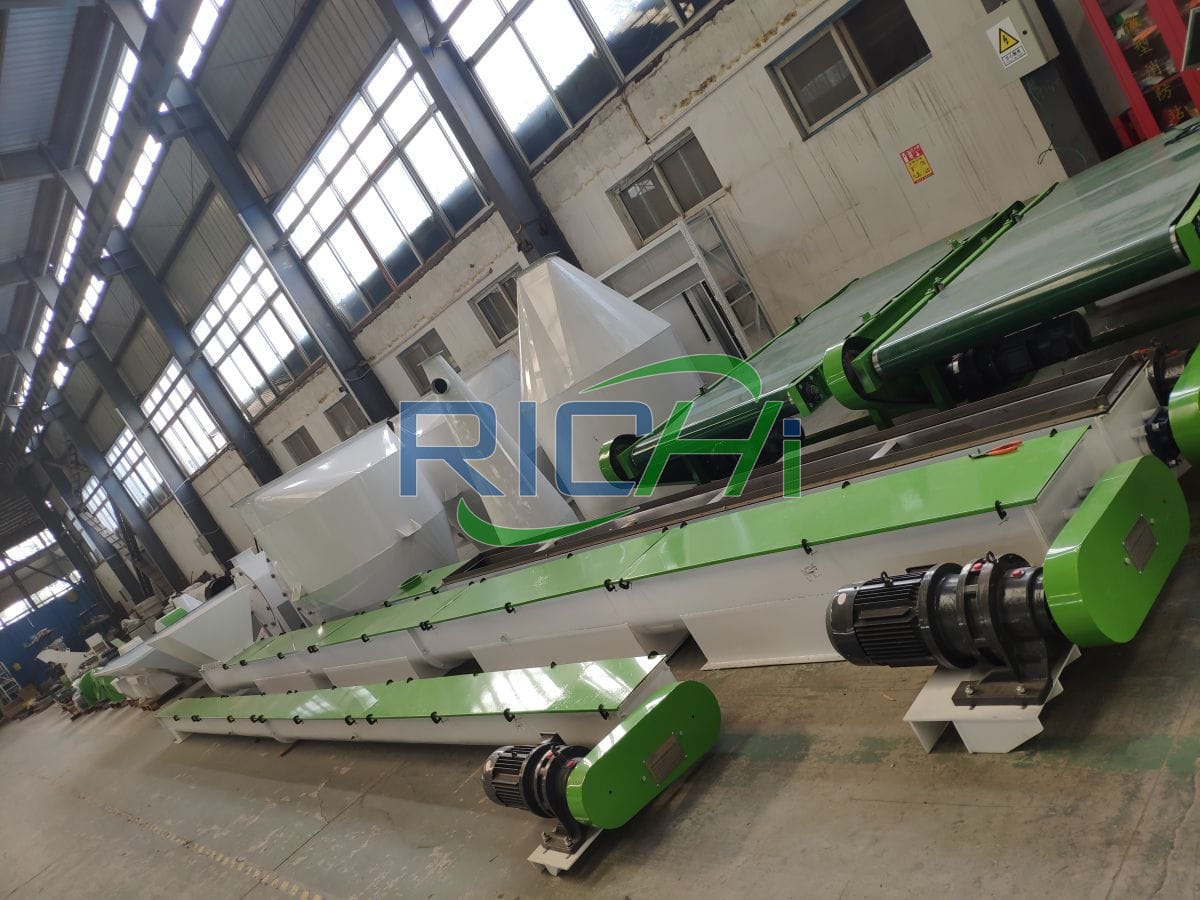
When the scraper conveyor is operating normally, the chain should generally have a little slack.
There should generally be a chain sag of 6.35~12.70 mm between the rollers of the roller return conveyor.
For guide rail type or chain trough type return conveyors, when the chain comes down from the head gear, there should be a little chain sag, generally 12.7~25.4 mm.
After the chain has been running for a period of time, it will slowly become longer or sag, and the scraper may catch the guide rail or the chain support groove, so check it frequently to prevent this from happening.
The installation, use, maintenance, and management of scraper conveyors are also very necessary. Scientific use and careful maintenance of scraper conveyors can greatly reduce failures and improve production efficiency.
In recent years, Richi Machinery has continuously researched and improved the scraper conveyor in terms of structure, strength and manufacturing process to make it more perfect and durable.
Correspondingly, with the advancement and development of scraper conveyor design and manufacturing technology, scraper chain conveyors will play a greater role in the feed industry.
Problems and solutions in the use of scraper conveyor
01 Increase transportation capacity
One of the problems encountered in the use of scraper conveyors is non-full load operation. Its conveying capacity is determined by the cross-sectional area of the conveyed material and the chain speed.
Generally speaking, if a conveyor has a transportation capacity problem, it is nothing more than these two factors. To solve this problem, the conveyor capacity of the conveyor must first be accurately measured. If the scraper conveyor cannot reach the rated conveying capacity, you can find the reasons from the following aspects and find a solution to the problem.
- ① Check the speed of scraper conveyor
Verify that the conveyor belt scraper is operating at drive shaft speed. During installation and maintenance, the chute on the drive device may be installed incorrectly, or the belt on the drive device may be loose and slip, causing the conveyor to operate at a lower speed than the rated speed.
- ② Check the material thickness in the scraper conveyor
There are several reasons for unreasonable material thickness:
- The inclination angle of the conveyor installation is unreasonable, and the usually designed conveyor can only operate optimally within a certain slope range.
- Because the conveyor feed is not smooth or sufficient, such as the feeding equipment does not match, the feeding door is abnormal, and there are obstacles in the feeding port, etc.
Take corresponding measures for different reasons to increase the thickness of the material and the uniformity of the feed.
02 Prevent material accumulation
For belt scrapers with intermediate discharge, material accumulation is another major problem in use.
The scraper conveyor can be designed with multiple intermediate discharge points, but multiple intermediate discharge points greatly increase the possibility of material accumulation, eventually causing the material to block the head of the conveyor or cause cross-contamination.
Here are several measures to deal with the accumulation problem.
- Try to lengthen the length of the middle discharge port as much as possible so that the material has enough time to be discharged before reaching the end of the discharge port. The appropriate length of the discharge port varies with the thickness of the material and the speed of the chain.
Generally speaking, it is better to have a longer discharge port. Most typical discharge openings (grain conveying) should be above 90 cm in length. In addition, the transition section under the discharge door should not hinder the passage of materials. - If the chain speed is increased in order to increase the conveying capacity of the scraper conveyor, the discharge port must also be lengthened.
- Scraper conveyors with a middle discharge port should generally be equipped with some return hoppers on the chain. A small amount of grain or feed cannot be unloaded at the middle opening and transferred to the head of the conveyor.
If the door of the head is closed, the material will eventually accumulate at the head. The return hopper picks up the material that has not gone down and brings it to the end of the conveyor, and then it is conveyed to the discharge port.
Scraper conveyors are common equipment in large animal feed production lines. Careful maintenance and use of them can greatly reduce failures, thereby improving the continuity of feed mill production and thus improving the production efficiency of the entire processing process.
FAQs of scrape conveyor
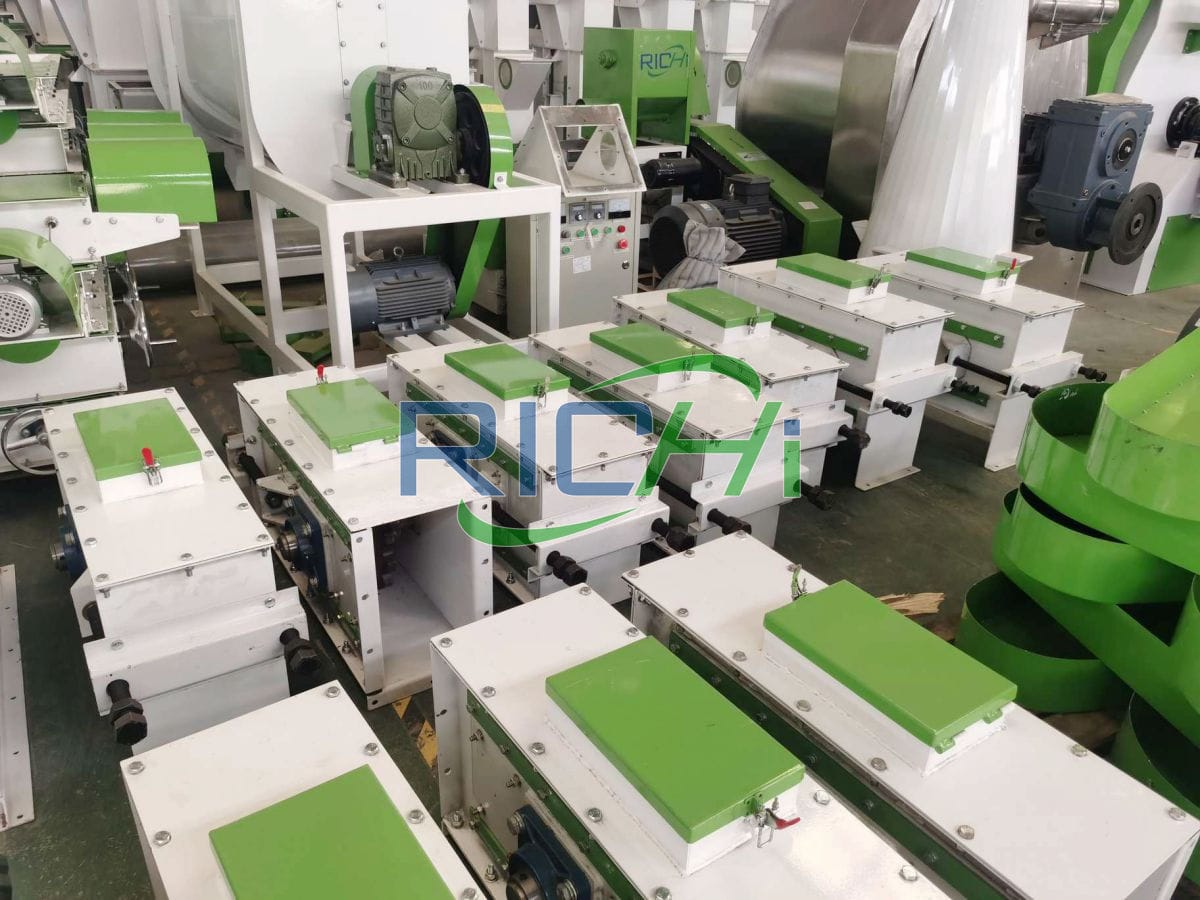
The scraper conveyor looks simple, but in actual production, it is one of the equipment with the highest failure frequency. The correct maintenance and use of the scraper conveyor is particularly important.
Whether the scraper conveyor is working properly or not is crucial to the smooth progress of the production process and safe production. Due to the poor working environment and large load of the scraper conveyor, some problems will inevitably occur during operation.
If the cause of equipment failure is unclear, once a problem occurs, it cannot be solved in a timely and reasonable manner. This will not only affect the normal production, but may even cause greater personal and property losses.
Therefore, understanding and mastering the failure mechanism of scraper conveyor, correctly analyzing its common faults, and taking effective troubleshooting and preventive measures are of great practical significance to ensure the efficient and safe operation of the equipment.

Why does the scraper conveyor motor not start?
(1) Cause of failure
- ① There is a fault in the electrical circuit;
- ②The switch contactor fails;
- ③The motor fails;
- ④ Frequent starting causes the metal sheet of the bimetal relay to deform;
- ⑤The motors on the nose and tail rotate in opposite directions;
- ⑥The scraper chain or other exposed parts are stuck when the two-speed motor is driven.
(2) Troubleshooting methods
- ①Check whether the power line or control line is misconnected, empty connected, disconnected or otherwise damaged, find out the fault point that cannot provide normal power supply, correct and eliminate it;
- ② Check whether the switch contactor is intact, whether the contact contact is good, etc., find out the fault of the switch contactor, and repair or replace the contactor;
- ③ Check whether the motor is out of phase, burned out, or the bearings are damaged, etc., and replace damaged parts;
- ④ Extend the time interval between two consecutive starts of the motor;
- ⑤ Adjust the steering of the nose motor or tail motor incorrectly;
- ⑥ Remove foreign objects that cause the scraper chain to get stuck.

Why can the motor of the scraper conveyor start but the conveyor does not run?
(1) Cause of failure
- ①The power supply voltage is too low;
- ②The motor rotates in the opposite direction;
- ③The hydraulic coupling is sprayed, leaked or damaged;
- ④The reducer shaft bearing is burned;
- ⑤Misoperation of the chain tensioner;
- ⑥The gear coupling is damaged or the safety pin in the middle of the connecting plate is cut off;
- ⑦Overload caused by roof fall or jamming;
- ⑧Chain failure such as stuck chain, broken chain or dropped chain;
- ⑨ When two-speed motors are driven by multiple machines, due to switch failure, they cannot run at high speed at the same time or some motors cannot switch to high-speed operation, causing the problem that although the motor can start, the conveyor does not run.
(2) Troubleshooting methods
- ①Improve the quality of power supply and avoid starting the conveyor and other equipment at the same time;
- ② Check the motor steering and correct the incorrect motor steering;
- ③Troubleshoot the hydraulic coupling failure;
- ④Replace the reducer shaft bearing;
- ⑤Adjust the handle or handwheel position or steering of the chain tensioner;
- ⑥Repair the coupling or replace the safety pin;
- ⑦Shovel away excess cargo on the chute;
- ⑧Handle chain faults;
- ⑨ Solve the switch failure so that all two-speed motors can enter high-speed operation at the same time according to the specified time.

Why does the scraper conveyor motor start up but then loses power soon?
(1) Cause of failure
- ①The switching current setting value is too low;
- ② The conveyor is stuck, causing the switch to trip due to overcurrent;
- ③Start too frequently in a short period of time.
(2) Troubleshooting methods
- ① Increase the switch current value;
- ② Check and deal with conveyor jamming accidents;
- ③Reduce the number of starts of the motor in a short period of time. (Maybe you are interested in our screw conveyor machine)

Why does the scraper conveyor motor have abnormal sound and low speed?
(1) Cause of failure
- ①One phase of the power supply line is disconnected;
- ② One phase of the motor stator winding is broken, the rotor cage is broken, welding is open, or the terminal is loose or the wiring is not secure, etc.;
- ③The power supply voltage is too low;
- ④ Motor overload;
- ⑤The switch handle is not in place.
(2) Troubleshooting methods
- ① Connect the disconnected one-phase circuit;
- ② Check and eliminate motor faults;
- ③Increase the power supply voltage to prevent the conveyor from starting at the same time as other electrical equipment;
- ④ Reduce the conveyor volume;
- ⑤Twist the switch handle in place.

Why does the scraper conveyor motor overheat?
(1) Cause of failure
- ① The motor is poorly ventilated, and there are debris blocking the fan inlet and heat sink;
- ② The water inlet and outlet of the water-cooled motor is blocked, the water channel is dirty or becomes thin after corrosion, the water pressure and water volume are insufficient, etc.;
- ③The bearing lubricant is insufficient or the bearing is damaged;
- ④ Overload operation or boring operation;
- ⑤Start the motor frequently;
- ⑥The winding runs out of phase.
(2) Troubleshooting methods
- ① Clear the debris around the motor fan suction port and heat sink;
- ② Unblock the cooling water pipes and increase the cooling water pressure and volume;
- ③Improve the lubrication status of the bearings or replace damaged bearings;
- ④ Reduce the load of the conveyor to avoid long-term overload operation of the motor;
- ⑤ It is strictly prohibited to start the motor frequently;
- ⑥ Check the winding connection and connect the broken phase winding.

Why is the motor casing of the scraper conveyor charged?
When the motor casing is charged, the leakage relay will trip.
(1) Cause of failure
- ①The motor stator winding insulation or terminal insulation is damaged;
- ②The motor is damp or the insulation has water ingress.
(2) Troubleshooting methods
- ① Regularly check the insulation condition of the motor and repair damaged insulation devices;
- ② Dry the motor and take protective measures to prevent the motor from getting damp or water.

Why does the hydraulic coupling of the scraper conveyor slip?
(1) Cause of failure
- ①Insufficient oil filling in the hydraulic coupling;
- ② The conveyor is overloaded or the scraper chain is stuck;
- ③The hydraulic coupling is damaged, such as burned bearings, broken blades, etc.;
- ④The chain tensioner is misoperated or malfunctioned, and the reducer must be tightened.
(2) Troubleshooting methods
- ①Inject sufficient oil into the hydraulic coupling;
- ② Reduce the conveying volume or deal with the chain failure;
- ③Repair or replace damaged parts in the hydraulic coupling;
- ④Adjust the position or steering of the chain tensioner’s handle or handwheel.

Why does the hydraulic coupling of the scraper conveyor frequently spray oil?
(1) Cause of failure
- ①The melting point of the fusible alloy plug is too low and does not meet the regulations;
- ②The pretension of the scraper chain is too large;
- ③The conveyor is overloaded or the scraper chain is severely jammed during operation.
(2) Troubleshooting methods
- ①Replace with qualified fusible alloy plug;
- ②Adjust the pretension of the scraper chain;
- ③ Reduce the load of the conveyor and smooth the scraping points of the chain.

Why does the hydraulic coupling of the scraper conveyor leak?
(1) Cause of failure
- ① The fusible plug or oil filling plug is not tightened;
- ②The seal between the hydraulic coupling shell or the auxiliary chamber shell is damaged.
(2) Troubleshooting methods
- ①Tighten the loose fusible plug or oil filling plug;
- ②Replace damaged sealing components.

Why does the hydraulic coupling of the scraper conveyor overheat?
(1) Cause of failure
- ① The heat dissipation condition of the hydraulic coupling is not good, the heat dissipation port is blocked or there is accumulation of material or debris around the coupling;
- ②The formula of the fusible alloy plug is wrong and the melting point is too high;
- ③Insufficient oil filling in the hydraulic coupling;
- ④The coupling cover is stuck or the turbine wheel is stuck;
- ⑤The hydraulic coupling is leaking oil.
(2) Troubleshooting methods
- ① Remove debris and improve the heat dissipation conditions of the hydraulic coupling;
- ②Replace the fusible plug with qualified quality;
- ③Inject enough oil into the hydraulic coupling;
- ④ Remove debris and replace damaged parts;
- ⑤Tighten the oil plug and replace the damaged sealing element.

Why is the temperature of the scraper conveyor reducer too high?
(1) Cause of failure
- ① Too much or not enough lubricating oil;
- ②The lubricating oil has been used for a long time or is not clean;
- ③The rotating shaft bearing is damaged;
- ④The cooling water channel of the reducer is blocked or the cooling water pressure and water volume are insufficient;
- ⑤ There is accumulation of material or other debris around the reducer.
(2) Troubleshooting methods
- ①Add or discharge lubricating oil to make the lubricating oil in the reducer box suitable;
- ②Replace with fresh and clean lubricating oil to avoid excessive use or contamination of the lubricating oil;
- ③Replace the damaged bearing of the rotating shaft;
- ④ Clear the cooling water channel of the reducer or increase the cooling water pressure and the water volume is insufficient;
- ⑤ Clear debris around the reducer to improve its heat dissipation conditions.

Why is the scraper conveyor reducer noisy?
(1) Cause of failure
- ①The axial position of the gear is not adjusted correctly, the shoulder gasket is not tight, and the tooth side clearance is too large;
- ② The position of the arc bevel gear is improperly adjusted and the meshing is not good;
- ③ Gear teeth are worn or damaged, and bearings are damaged;
- ④ There are many impurities in the lubricating oil or there is insufficient lubricating oil.
(2) Troubleshooting methods
- ①Tighten the shoulder gasket to ensure appropriate gear tooth side clearance;
- ②Adjust the appropriate axial position of the arc bevel gear to improve the meshing state of the bevel gear;
- ③Replace worn or damaged gears or damaged bearings;
- ④Remove impurities in the lubricating oil, or add enough lubricating oil.

Why does the scraper conveyor reducer leak oil?
(1) Cause of failure
- ①The seal of the input and output shaft end cover of the reducer is damaged;
- ② The joint surface of the box is not tight or the sealant is aging;
- ③The bolts and screws of the box or bearing cover are loose, and the oil drain plug and magnetic plug are not tight.
(2) Troubleshooting methods
- ①Replace the sealing element of the input and output shaft end cover of the reducer;
- ②Reinstall or replace the sealant on the joint surface of the box;
- ③Tighten the box or bearing cover bolts and screws, as well as the oil drain plug and magnetic plug.

Why does the sprocket roller of the scraper conveyor overheat?
(1) Cause of failure
- ①The sprocket bearing or seal is damaged;
- ② The lubricating oil in the sprocket cavity is insufficient, or it is unclean or deteriorated.
(2) Troubleshooting methods
- ①Replace the sprocket bearing or seal;
- ②Replenish or replace lubricating oil.

Why does the bottom chain of the scraper chain of the scraper conveyor come out of the groove?
(1) Cause of failure
- ①The conveyor is uneven, has an upper bulge and a lower bulge, and is excessively curved;
- ②The slide plate is seriously worn;
- ③The two chains are of different lengths, causing the scraper to be skewed or missing;
- ④ The scraper is excessively bent, causing the distance between the two chains to be too short.
(2) Troubleshooting methods
- ①Adjust the direction of the conveyor so that it is laid straight without any concavity or bending;
- ②Replace the severely worn slide plate;
- ③Adjust the length of the two chains so that the lengths of both sides of the scraper chain are consistent;
- ④Correct or replace the bent scraper.

Why does the scraper chain of the scraper conveyor fall off?
(1) Cause of failure
- ①The chain is too loose;
- ②The scraper is bent, deformed or incomplete;
- ③The chute or connecting pin is damaged or disconnected;
- ④The conveyor is not straight, and the chute has sharp bends, bulges or concavities;
- ⑤ There is a bulge on the bottom plate or a block on the bottom of the chute;
- ⑥One side of the double-sided chain is stretched.
(2) Troubleshooting methods
If the transition groove has a winder, the dropped scraper chain can enter the chain channel from the winder. When there is no winder, stop the machine to troubleshoot.
- ①A chain that is too loose;
- ②Correct the bending and deformation of the scraper or supplement the number of scrapers;
- ③ Eliminate accidents such as damage or disconnection of the chute or connecting pin;
- ④Reinstall the conveyor to make it straight;
- ⑤ Deal with the protrusion of the bottom plate or the failure of the bottom block of the chute;
- ⑥Replace the chain with a longer chain to make the length of both sides of the chain consistent.

Why does the scraper chain of the scraper conveyor jump?
(1) Cause of failure
- ① The phase angle of the double sprocket teeth is misaligned;
- ② When double chains are used, the lengths of the two chains are inconsistent;
- ③The sprocket teeth are worn or chipped;
- ④The chain is twisted;
- ⑤The scraper is bent or damaged;
- ⑥The chain is too loose or too tight, causing chain skipping.
(2) Troubleshooting methods
- ① Use double sprockets with qualified gear teeth;
- ②Make the lengths of the two chains the same;
- ③Replace worn or broken sprockets;
- ④Connect the chain links correctly to avoid chain twisting failure;
- ⑤Repair or replace the scraper;
- ⑥Adjust the chain tightness.

Why does the scraper conveyor chain float?
That is, the scraper runs out of the upper groove.
(1) Cause of failure
- ①The chain is too loose;
- ②The scraper is bent, deformed or incomplete;
- ③The chute or connecting pin is damaged or disconnected;
- ④The conveyor is not flat or straight, and the chute has sharp bends, bulges or concavities;
- ⑤ There is a bulge on the bottom plate or a block on the bottom of the chute;
- ⑥One side of the double-sided chain is stretched.
(2) Troubleshooting methods
- ①A chain that is too loose;
- ②Replace or repair the scraper;
- ③Repair the chute or connecting pin;
- ④Reinstall the laying conveyor;
- ⑤ Clear the block at the bottom of the chute;
- ⑥Replace the stretched chain.

Why did the scraper conveyor break the chain?
(1) Cause of failure
- ①The chain is too tight;
- ② The scraper chain is stuck during operation;
- ③ Start with load or overload operation;
- ④The lengths of the two chains are different;
- ⑤The working surface is uneven and the chain links are deformed;
- ⑥The chain is severely worn or rusted.
(2) Troubleshooting methods
- ①Adjust the pre-tightening force of the chain to the appropriate degree of tightness;
- ②Find the cause of scraper chain jamming and eliminate it;
- ③It is strictly prohibited to start with load or operate with overload;
- ④Choose chains of the same length to avoid mixing old and new chains;
- ⑤ Make sure the scraper conveyor is laid flat and straight, the chain links are correctly connected, and the fixing bolts are installed in place;
- ⑥Replace severely worn or rusted chains promptly.

Why is the scraper conveyor returning serious material?
(1) Cause of failure
- ①The unloading height of the machine head is low;
- ②The chain is too loose, causing the machine head to sag longer and bring back more material;
- ③The overlapping position of the machine head is inappropriate;
- ④The speed of the transfer machine is lower than that of the conveyor;
- ⑤The bottom plate is soft and the chute is sunken;
- ⑥When pushing, the chute floats up, causing powdery matter to enter the bottom chute, causing serious material backflow.
(2) Troubleshooting methods
- ① Increase the unloading height of the machine head;
- ②Tension the chain;
- ③ Correctly determine the overlap position of the machine head;
- ④Increase the speed of the reprinting machine;
- ⑤ Increase the rigidity of the bottom plate to prevent the chute from sinking;
- ⑥Prevent the chute from floating up when pushing. In addition, the use of side-discharging scraper conveyors and bottom-covering chutes can greatly reduce the amount of returned material.

Why does the scraper conveyor make abnormal noise?
(1) Cause of failure
- ①The scraper is missing or the number of scrapers does not meet the requirements, causing unstable operation and abnormal sound;
- ②The overlap of the chute is damaged or the gap is too large or uneven;
- ③There is a foreign object stuck on the scraper chain;
- ④The nose anchor or tail anchor is unstable and vibrates heavily;
- ⑤The motor, coupling and reducer are damaged;
- ⑥The sprocket, chain guard and derailleur are damaged or scratched;
- ⑦Accidents such as dropped chain, floating chain and broken chain.
(2) Troubleshooting methods
- ①Repair the defective scraper;
- ② Trim the chute overlap point;
- ③ Remove foreign objects stuck on the scraper chain;
- ④Reinforce the nose anchor or tail anchor;
- ⑤ Check and deal with motor, coupling and reducer faults;
- ⑥Repair the sprocket, chain guard and derailleur;
- ⑦ Solve problems such as bottom chain, floating chain and broken chain.

Why does the scraper conveyor vibrate seriously?
(1) Cause of failure
- ①The nose or tail of the machine is suspended in the air or is not firmly anchored;
- ②The chain is too tight;
- ③The bolts connecting the base or the bolts connecting the transition groove are loose;
- ④Conveyor shop suppose it is not straight;
- ⑤The scraper chain has scratching phenomenon.
(2) Troubleshooting methods
- ① Make the anchoring part firm to prevent the nose or tail of the machine from hanging in the air;
- ②Adjust the chain tension;
- ③Tighten the bolts connecting the base or connect the aqueduct bolts;
- ④ Reinstall the conveyor so that it is laid straight;
- ⑤ Troubleshoot scraper chain scratching failure.
At present, the production of scraper conveyors has reached standardization, serialization and generalization, which greatly facilitates its application and promotion.
In recent years, RICHI has also continuously researched and improved the scraper conveyor in terms of structure, strength and manufacturing process, making it more complete and durable.
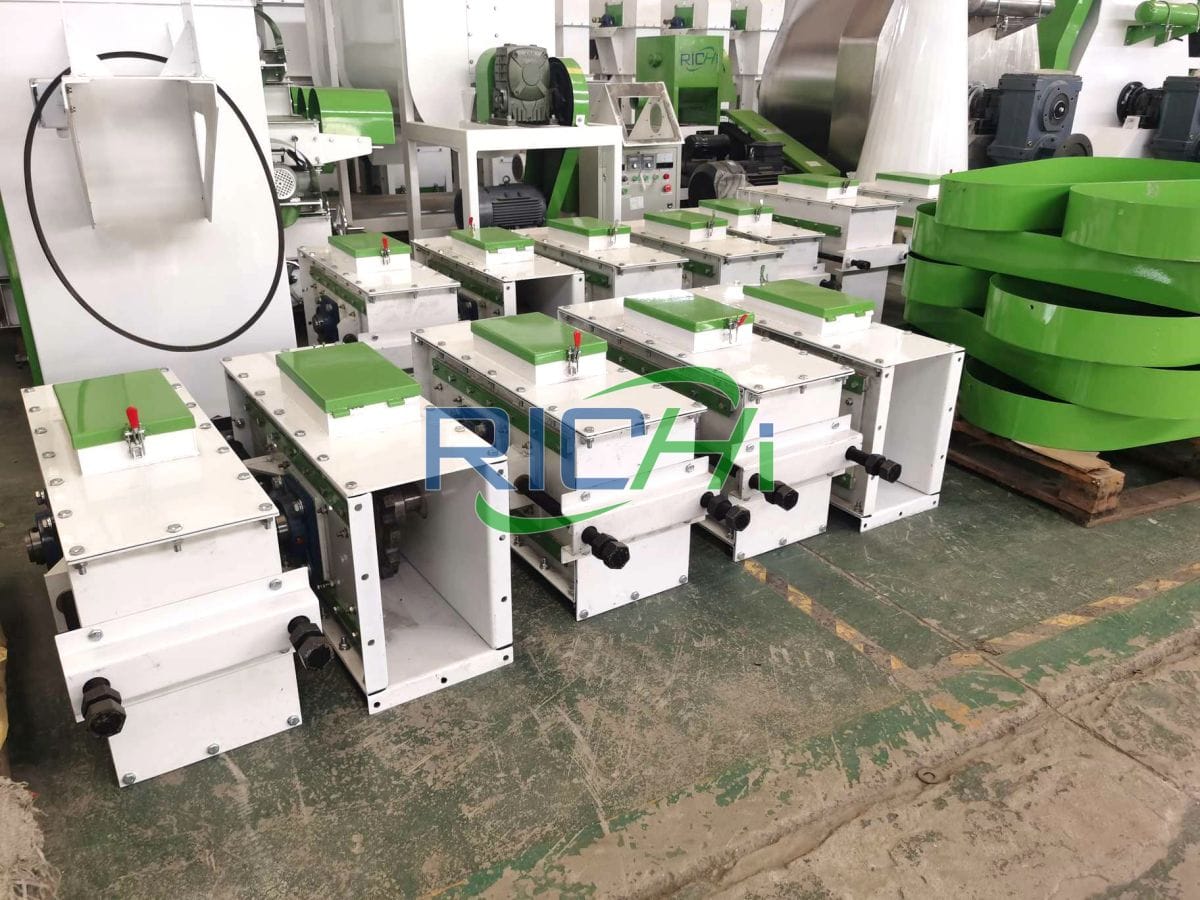
However, in actual production, scraper conveyor failures are inevitable. The key is to take timely measures when failures occur and solve them as soon as possible to avoid affecting production.
For problems that arise in the production of scraper conveyors, a comprehensive analysis should be conducted, and the cause of the failure should be targeted and eliminated. An important way to avoid failures is to use and operate the equipment rationally.
Particular attention should be paid to the changes in material properties and different blanking methods, and to choose the appropriate operating speed and scraper type.
Strictly operate in accordance with regulatory requirements, prevent illegal accidents from occurring, and implement various safety operating procedures.
Only in this way can the normal operation of the scraper conveyor be ensured and the smooth progress of production be ensured.
As a top brand in scraper conveyor design, Richi Machinery is pleased to provide manufacturing clients with a full suite of state-of-the-art bucket elevator products.
Learn more about the scraper conveyor products we offer and our expertise in designing fully integrated bulk material handling systems.